Kinosaki Onsen is a 1300-year-old onsen (hot spring) village famous for its seven different public baths and charming atmosphere.
Onsen towns like Kinosaki encapsulate all that is attractive, enticing and rewarding about exploring the rural towns of Japan.
If it's an authentic traditional ryokan and onsen town experience you're after then Kinosaki Onsen is hard to beat.
Overlooking the Sea of Japan
Located on the northern coast of the Tajima region, Kinosaki Onsen lies 93 miles (108km) north of Kyoto on the borders of Hyogo Prefecture. It's around 2hrs 19mins from Kyoto by train, 1hr 49mins by car.
So whilst it is possible to make a day trip out of visiting Kinosaki, it's far better that you spend at least one night here, not least to take full advantage of the main attraction - those seven onsen.

Hot Spring Hopping in Kinosaki Onsen
by Rob Dyer
Kinosaki Onsen: a stroll back in time
The Maruyama River runs past Kinosaki Onsen out into the Sea of Japan. A tributary of the river runs through a canal in the heart of the town, lined with cherry and willow trees. Giving Kinosaki Onsen a distinctive and romantic appearance.

Kinosaki is famous for its crab. The giant crab claws opposite the train station are a popular photo spot.
Seven stone bridges cross the canal as it wends its way through the village, each providing a unique vantage point and ideal photo opportunity for that perfect Instagram moment.
Local ordinances do not permit any new development in the heart of Kinosaki (known as the village) where the building height would be more than six stories. Meaning the views up and down the village today are much like they were hundreds of years ago.
VIDEO: Kinosaki Onsen in 4K
Guests staying at a ryokan in Kinosaki will receive a free pass to all seven onsen. With enough time, these can be covered in a single day, or split over two days (one night) if you plan your itinerary accordingly.
A history of healing
The history of Kinosaki Onsen began when the Buddhist priest Douchi Shonin received a vision from an oracle who convinced the priest that the waters coming from the natural hot springs had healing qualities. A belief held by many Japanese who still visit today for that very reason.
Since this is one of Japan's best-known onsen towns, there's no shortage of ryokan (Japanese traditional inns) in which to slow down, step back in time, relax and indulge in a way of life unchanged for hundreds of years.
A magical night time atmosphere
Kinosaki takes on a magical atmosphere at night.
If you can stay here for a couple of nights then you'll not only be able to cover all seven onsen, during the day and/or evening (your choice) but you'll give yourself ample time to explore the side streets, and other worthwhile spots off the main street.
The other thing Kinosaki Onsen is famous for is the tradition of wearing yukata (full-length lightweight cotton versions of the more famous kimono). Although typically worn as a summer garment these days, Yukata were originally used as bathrobes.
Strolling the streets in yukata
It's common to see visitors staying in Kinosaki walking around in yukata. It saves them having to change into their own clothes every time they use an onsen. The real pleasure of staying in Kinosaki overnight is to take a walk through its attractive centre at night.
The yukata are usually worn with geta (wooden clogs) - which are most easily used without socks.
A word of warning (based on personal experience!) - if you do insist on wearing socks with your geta there's a good chance you'll slip off of them every few steps and risk twisting your ankle. Don't risk it. Go bare foot just as the locals do.
Welcoming for onsen first-timers
There are seven public onsen known as sotoyu. Each sotoyu has its own distinct atmosphere and style. If you haven't tried onsen yet, Kinosaki is the perfect place to dip your toes for the first time.
They're well used to tourists here (it's tremendously popular with the Japanese seeking that feeling of 'old world' Japan) and so well-geared up to making the whole experience as easy and as enjoyable as possible.
Kinosaki Onsen is tattoo friendly
Anyone with tattoos wanting to sample onsen in Japan can face a lot of barriers as there is still a social stigma attached to them. However, travellers with tattoos need not worry here. All seven public bathhouses of Kinosaki Onsen are tattoo friendly.
This is uncommon in Japan. So if you have tattoos and are keen to sample onsen here then Kinosaki should be at the top of your list of destinations to include in your itinerary.
The Yumepa onsen free pass
Visitors staying at local ryokan get a free pass called Yumepa, which enables them to visit all seven onsen as many times as you want until 10am of your checkout day. There is also a one day ticket for day trippers - available to buy at any of the onsen from ticket vending machines.
Guide to the 7 Public Baths
Satono-yu
Right next to Kinosaki Onsen train station at the eastern end of the town, Satono-yu is the largest onsen. There's an open-air bath on the third floor offering beautiful panoramic views over the neighbouring landscape.
If you're coming here when it's hot, there's also an ice-sauna, ideal for cooling down. There are Japanese and Western style outdoor baths which switch daily, so if you want to try both you'll need to visit on two consecutive days.
Hours: 1pm - 9pm
Closed: Mondays
Features: Open-air baths, sauna, jacuzzis
Jizou-yu
Named after a Buddhist deity who watches over children, the exterior architecture of Jizou-yu was inspired by a Japanese lantern.
Its retro style is popular with the locals who like to come here to relax at the end of an evening out.
Hours: 7am - 11pm
Closed: Fridays
Features: Big bath, jacuzzis
Yanagi-yu
The smallest of the seven bathhouses, Yanagi-yu (it's name means 'willow bath') houses Kinosaki's hottest water. Yanagi-yu is said to ensure fertility and safe childbirth.
Built in a traditional wooden style with a tiled roof, the interior has a slightly more contemporary feel - but the wood continues throughout.
Hours: 3pm - 11pm
Closed: Thursdays
Features: Standing bath, jacuzzis, free foot bath (out front)
Ichino-yu
Designed to resemble a kabuki theatre, Ichino-yu is perhaps Kinosaki's most grand looking onsen. It features an outside cave bath and soft ambient lighting.
Its name Ichino-yu (meaning number one bath), was given to it by a well-known Edo-era doctor, after he experienced the positive effects of its waters.
Hours: 7am - 11pm
Closed: Wednesdays
Features: Cave bath, big bath, free foot bath
Goshono-yu
The impressive frontage of Goshono-yu, one of the bigger bathhouses, was inspired by the Kyoto Imperial Palace. Also known as the 'water of beauty' Gohono-yu is supposed to bring luck in love and protect against fires.
The bath areas and sauna are covered by a high glass covered cypress wood ceiling, with large picture windows looking out on waterfalls.
Hours: 7am - 11pm
Closed: Every 1st and 3rd Thursday
Features: Open-air bath, big bath, sauna
Mandara-yu
If you're after a more relaxed experience then Mandara-yu, a little off the main road, is the onsen to head for. Considered by many to be the most attractive onsen - its exterior is in the Chinese style with white walls and aquamarine roof tiles.
Backing onto a mountain side, the outdoor bath is a cypress barrel. The waters here are said to be positive for prosperity in agriculture and business.
Hours: 3pm - 11pm
Closed: Wednesdays
Features: Hinoki bucket bath, outdoor bath
Kouno-yu
Kinosaki's oldest onsen is the furthest from the train station, located opposite Kinosaki's Ropeway. Its outdoor bath offers views of the surrounding forests.
Believed to bring bathers happiness and longevity, its position away from the main street means this can be a quiet sanctuary. It was discovered when a priest found an oriental stork healing its wounds in the waters.
Hours: 7am - 11pm
Closed: Tuesdays
Features: Open-air bath, quiet natural setting
Kinosaki town - one giant ryokan
As there are seven public onsen, it is said there's one for each day of the week.
Visitors to Kinosaki can view the entire town as one giant ryokan, with the train station its entrance. The ryokan around the town are the guest rooms, the hot springs are the baths, and the streets are the hallways.
That's why everyone relaxes in their yukata outside because, after all, the streets are the hallways of one big ryokan.
Renting yukata
It is possible to rent yukata from a shop in the town. They're provided for free to ryokan guests, but if you're planning a day trip and want to get into the mood like everyone else, then staff in the store will show you how to put it on and wear it as you stroll the streets.
We also have a post about wearing kimono that includes a section on tips for using rental services and wearing a kimono that you might find helpful.
SEE ALSO: Is It Rude (for Foreginers) to Wear Kimono?
It's a joy walking around Kinosaki onsen especially in the evening
It's an absolute joy walking around Kinosaki onsen especially in the early evening with almost everyone wearing geta and yukata. Oh, and if you have concerns about being a foreigner and wearing Japanese yukata or kimono, then I have a post about that you can read.
Most of the public hot springs are open until 11pm and a good number of shops stay open until 10pm, so you can pick up a souvenir, stop for a coffee, and pop into a bar.
The 'clip-clop' sounds of the wooden geta echoing down the gently curving streets, people taking in the air, entering and leaving shops, restaurants and bars. It's a scene that's barely changed in hundreds of years.
And it's easy to have an impression of what everyday life must have been like back in the days before external influences changed Japan.
Things to do and see
Despite its modest size, there's a good variety of things to do in Kinosaki. So if you're travelling alone, as a couple, with friends or as a family, there's pretty much something to interest everyone.
Kinosaki Onsen Ropeway
At the far end of the village, opposite Kouno-Yu onsen, is the Kinosaki Onsen Ropeway, connecting the town with the top of Mt. Daishi. Although this is, in my view, a must-do when visiting Kinosaki, many often miss the opportunity, and are missing out on some impressive views from the top.

Views over Kinosaki Onsen from the top of Mt. Daishi
It wasn't the local authorities that created this asset, but a successful local-born businessman named Shiro Otagaki. In 1951, he became the first president of the Kansai Electric Company. The company that built the famous Kurobe Dam that opened in 1963.
Using his considerable wealth, Otagaki offered to make a ropeway to help with Kinosaki's development. As a thank-you for his generosity, the town opened a small museum to Otagaki at the town end terminal.
VIDEO: Kinosaki Onsen Ropeway to Mt. Daishi
The ropeway travels up the mountainside, passing by Onsenji Temple and offers excellent views back down towards the town. The view from the top has been awarded a Michelin star in the Michelin Green Guide to Japan.
The ropeway runs Monday to Sunday. The last ride up is at 4:50pm and the last ride down is at 5:10pm.
Onsenji Temple and Koyasan Shingon Buddhism
Located halfway up Mt. Daishi is Onsenji Temple. It's the head temple of the Koyasan Shingon Buddhism sect, becoming the focus of people's worship as a guardian temple.
Onsenji comprises three buildings: Yakushido close to the ropeway entrance at the foot of the mountain, Hondo at the middle, and Daishido at the top. Although relatively modest from the outside, the interiors of Onsenji Temple's Hondo are quite beautiful, and well worth seeing.
Access is via Onsenji Station - a half-way stop on the Kinosaki Onsen Ropeway. Here you'll also find the Tahoto Pagoda.
It's also accessible via a 500 step stone pathway from Yakushido at the base of the mountain. The three main buildings were registered as national tangible cultural properties in 2017.
Shopping for souvenirs and crafts
If you're looking for somewhere to buy local souvenirs and food, either for yourself or as gifts, then Kiyamachi Shopping centre is a must. Built in a traditional architectural style, this is a world away from the vast, soulless shopping malls we're all familiar with.
As well as providing a range of high-quality local craft gifts and foods, there are free rest areas where you can relax.
If arts and crafts are your thing, then be sure to take a look inside Kinosaki Straw Craft Museum. It showcases over 200 straw crafts from the Edo and Meiji periods and 40 from contemporary artisans too.
It's open between 10am and 4pm daily but closed on Wednesdays. There is a small entrance fee of ¥500 adults and ¥200 for children.
Also recommended is the Game Center, a retro-style Showa era arcade where you can try your hand at shooting, pachinko and pinball games, where winners can claim prizes.
Local food and drink specialities
Like any self-respecting Japanese town, Kinosaki Onsen has a selection of local washoku (traditional Japanese cooking) that are as much a draw for many as the town's famous hot springs.
Matsuba crab, Tajima beef, Danjiri Daiko and Konotori rice are all venerated here. As are onsen-boiled eggs - cooked in the naturally hot thermal waters of the onsen.
Related: Boiling Eggs at Japan’s Oldest Hotspring – Yunomine Onsen
Matsuba 'snow crab'
The signature winter food of the village is Matsuba crab, or 'snow crab'. These are fished in the local waters (there are many ports in the area). Look for the blue tags on fresh crab indicating they are from Tsuiyama Port and are the highest quality.
Tajima beef
The world-renowned Kobe beef (and lesser-known Matsusaka beef) cows are bred in the Tajima region. The meat is distinguished by its high level of fat marbling and the melt-in-your-mouth texture.
Pure Tajima beef is often eaten with wasabi or Takeno Kaigan sea salt and paired with Japanese sake. It's even possible to have a private meat sommelier lesson and tajima beef meal where you learn about the history of the meat, watch an expert cut it, before enjoying a delicious Tajima beef lunch.
Being so close to the coastline, it's no surprise that there are many fish markets in the Kinosaki area selling locally caught fresh seafood. It's the ideal place to sample raw sashimi, sushi or cooked seafood rice bowl dishes called kaisen-don.
Okeshio Sengyo fish market
Not far from Kinosaki Onsen Station is the small local fish market Okeshio Sengyo. It's known locally for in-season fish and shellfish, including uncommon species like rockfish and hairy stingfish, as well as turban snails and freshwater clams.
For those interested in getting hands on, you can visit Okeshio Sengyo with a local fishmonger, select fresh seafood, learn how to prepare seafood okonomiyaki in a private cooking lesson and then savour the meal you've just made.
Related: The fish market you won’t have heard of but might just love!
Local sake and local beers
The quality of sake (brewed from rice) depends a great deal on the quality of the rice (itself driven by the quality of the water in which it grows), as well as the skill of the brewer.
The Tajima region is home of Tajima Touji, a master brewer of sake. A visit to Kinosaki is a great opportunity to sample some of these. If sake isn't to your taste there is Kinosaki beer and pear wine.
All of these are available to buy in stores in the town.
The lure of Kinosaki Onsen
Having clip-clopped my way around the village in my yukata and geta for a second time, I realised just how much I love traditional hot spring towns like Kinosaki.
They ooze charm and spending a few days here it's easy to imagine what life was like several hundred years before.
Whether it's deeply enveloped in pristine white snow in winter time, or it's the balmy evening of a lingering summer, the lure of Kinosaki Onsen is potent.
It's likely to convince you (as it did me) not only to commit to returning, but to inspire you to seek out similar onsen towns across Japan whenever the opportunity arises.
Travelling in Japan when you don't speak Japanese
One of the major considerations with travelling in Japan is the inscrutable Japanese language.
A seemingly incomprehensible, often kaleidoscopic, barrage of cryptic symbols awaits the foreign traveller who doesn’t speak or read the language.
I’ve been exploring Japan since 2000 and I’ve picked up plenty of tips along the way.
I’ve distilled decades of my experience into this book for you.
This practical Guide and Workbook covers all the essential basics you need to ensure your first (or next) trip to Japan is as Amazing as you deserve it to be.
Where to stay
There's no shortage of traditional Japanese inns in Kinosaki Onsen. Which one you choose to stay at will depend on what you want from your visit. There is a range of prices to suit most budgets.
Best-known, and towards the top of the price range, is the beautiful Nishimuraya Honkan. This 150-year old ryokan has its own onsen and Japanese gardens. The kaiseki meals served here are considered to be among the best you get anywhere in this part of Hyogo.
The charming Mikuniya is a highly-rated 3-star ryokan. It's only 250 yards from Kinosaki Onsen Station, has its own onsen, Japanese garden and both the dinners and breakfasts are praised for their quality. Satono-yu Onsen is just a 2-minute walk away.
If it's more a resort hotel you're after then Hotel Kinparo offers impressive 3-star accommodation in a stunning coastal location overlooking the Sea of Japan. Kinosaki Marine World is only a 3-minute walk away.
During this trip I stayed in the family-run Fujimiya ryokan, located in a quiet street just a minute's walk from the heart of Kinosaki.
My room was up a short path at the foot of a nearby mountain, meaning I had views from my room out onto the mountainside on one side and over the town below at the entrance.
How to get to Kinosaki Onsen
Limited-Express JR trains run to Kinosaki Onsen from Kyoto, Osaka, Kobe and Himeji. The Japan Rail Pass and Kansai Wide Rail Pass are both valid on these routes.
The Sanin Main Line provides a JR rail connection to Kyoto, and direct trains to Osaka are also available. Direct Express trains take about 2.5 hours from Osaka to Toyooka.
A Japan Rail Pass can be used for travel to and from Osaka or Kyoto to Kinosaki. (Alternatively, a Kansai WIDE Area Pass also covers the same locations if you are not using a JR Pass.)
Tajima Airport serves the Toyooka region and runs two direct flights a day to Osaka Itami Airport.
Kinosaki Onsen Location Map

About the Author
A writer and publisher from England, Rob has been exploring Japan’s islands since 2000. He specialises in travelling off the beaten track, whether on remote atolls or in the hidden streets of major cities. He’s the founder of TheRealJapan.com.
Resources
Visit Kinosaki website
The official Visit Kinosaki tourism website is excellent. Available in 10 languages, it has detailed information on the town, nearby areas, things to do, dining and accommodation, as well as suggested itineraries throughout the seasons.
Kinosaki Experiences
Want to drink Japanese tea in a Buddhist temple? Learn the ancient onsenji bathing method? Get hands on in a straw craft workshop? All of these activities can be booked in advance:
VISIT: Gokurakuji Temple Zazen and Matcha Tea Near Kinosaki Onsen
HIKE: Learn the Ancient Onsenji Bathing Method at Kinosaki Onsen
MAKE: Straw Craft Workshop Tour and Activity in Kinosaki Onsen
Where To Stay in Kinosaki
Booking.com has an excellent selection of all accommodation types in Kinosaki Onsen.Kinosaki accommodation on Booking.com
Kinosaki Onsen Ropeway
https://visitkinosaki.com/things-to-do/ropeway/
Japan Travel Guidebook
Get my book How to Travel in Japan Without Speaking Japanese HERE.
If you enjoyed this article please share this image online:


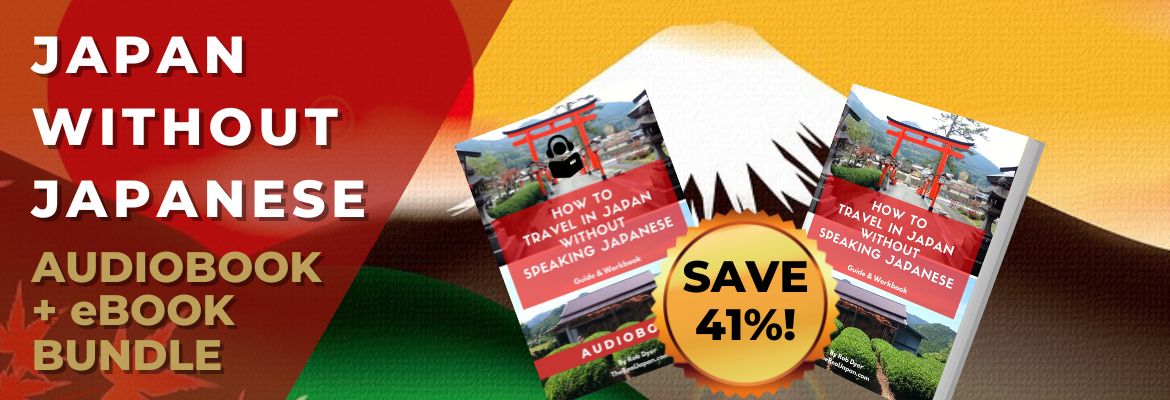
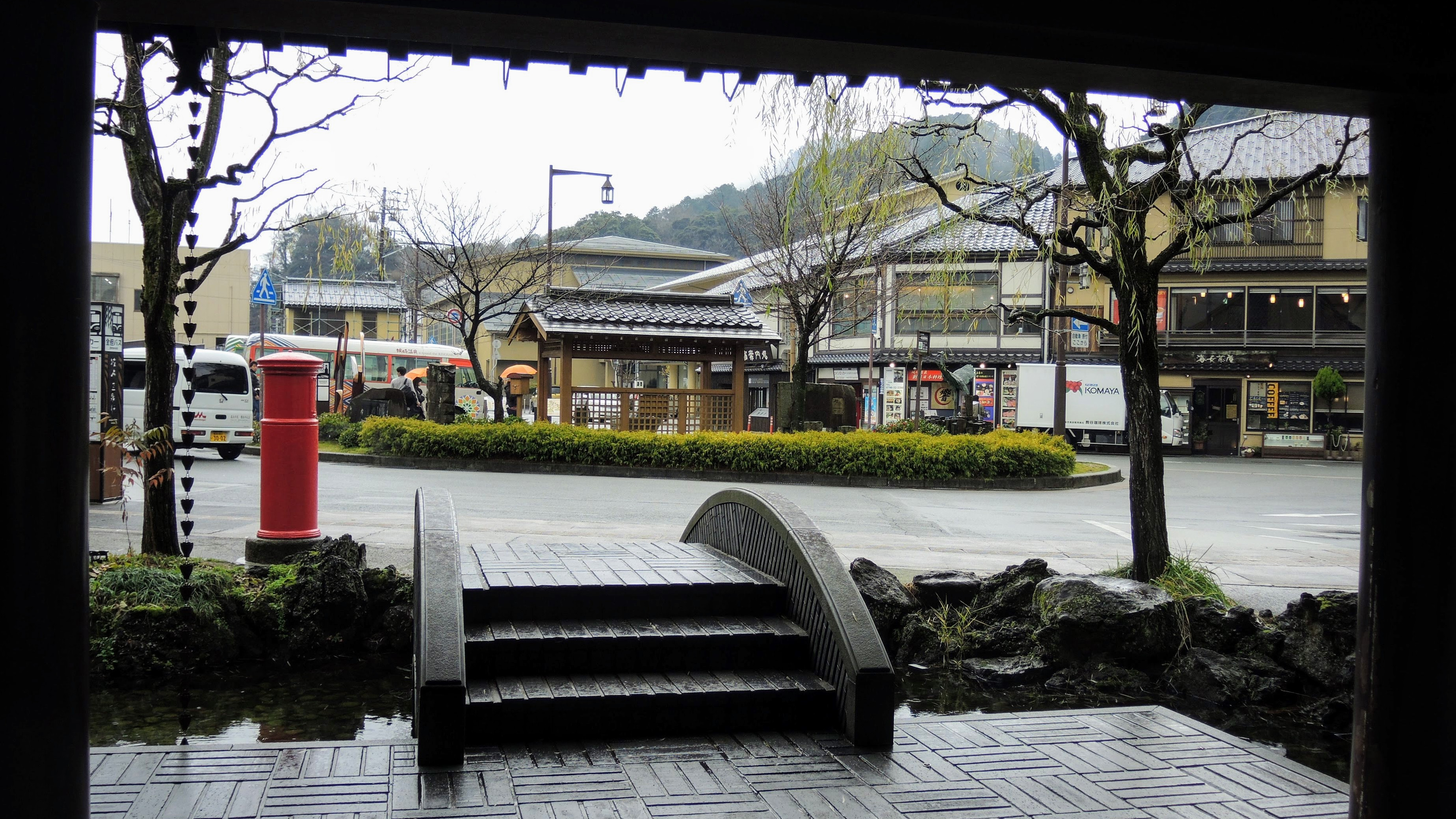
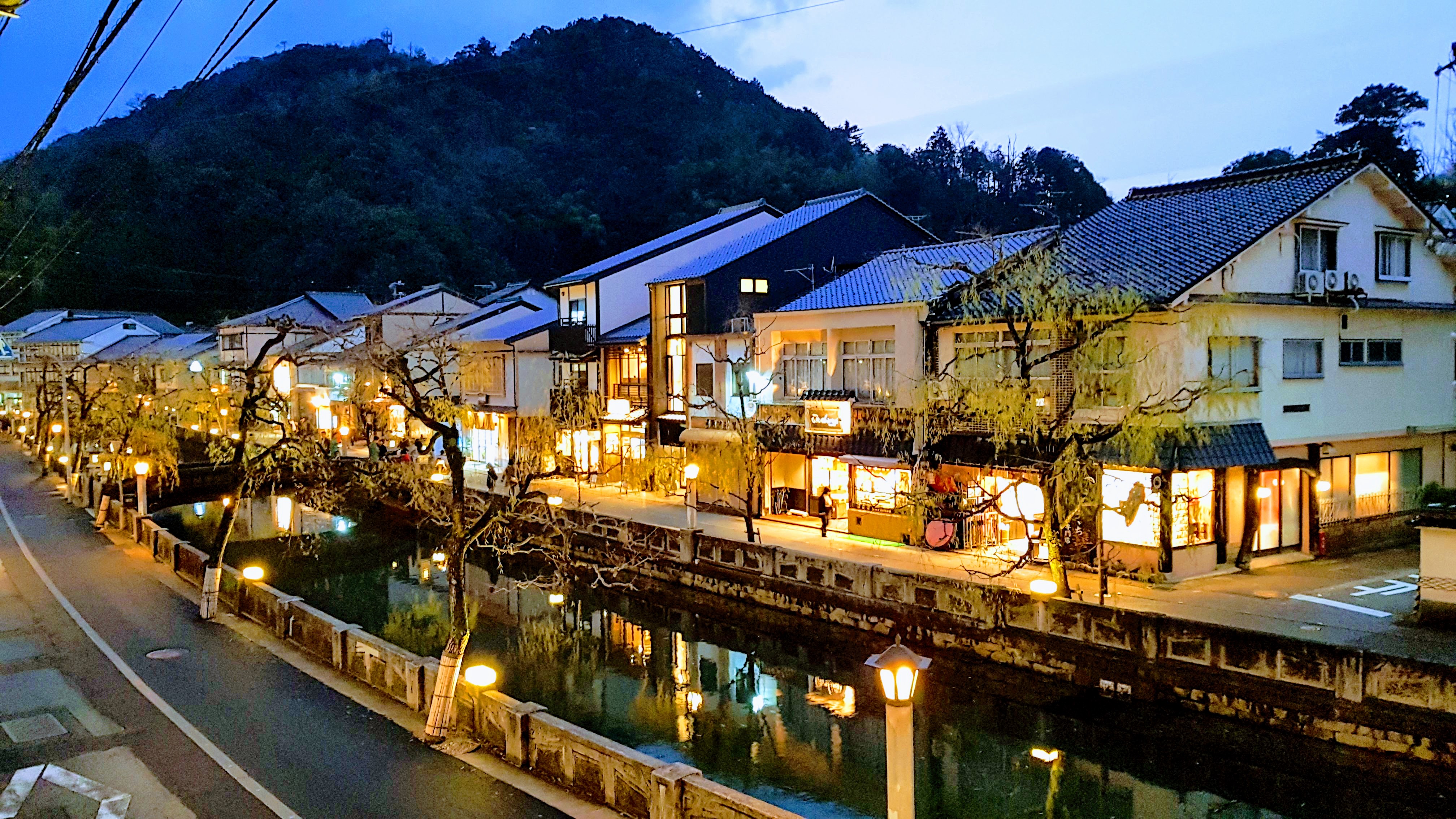
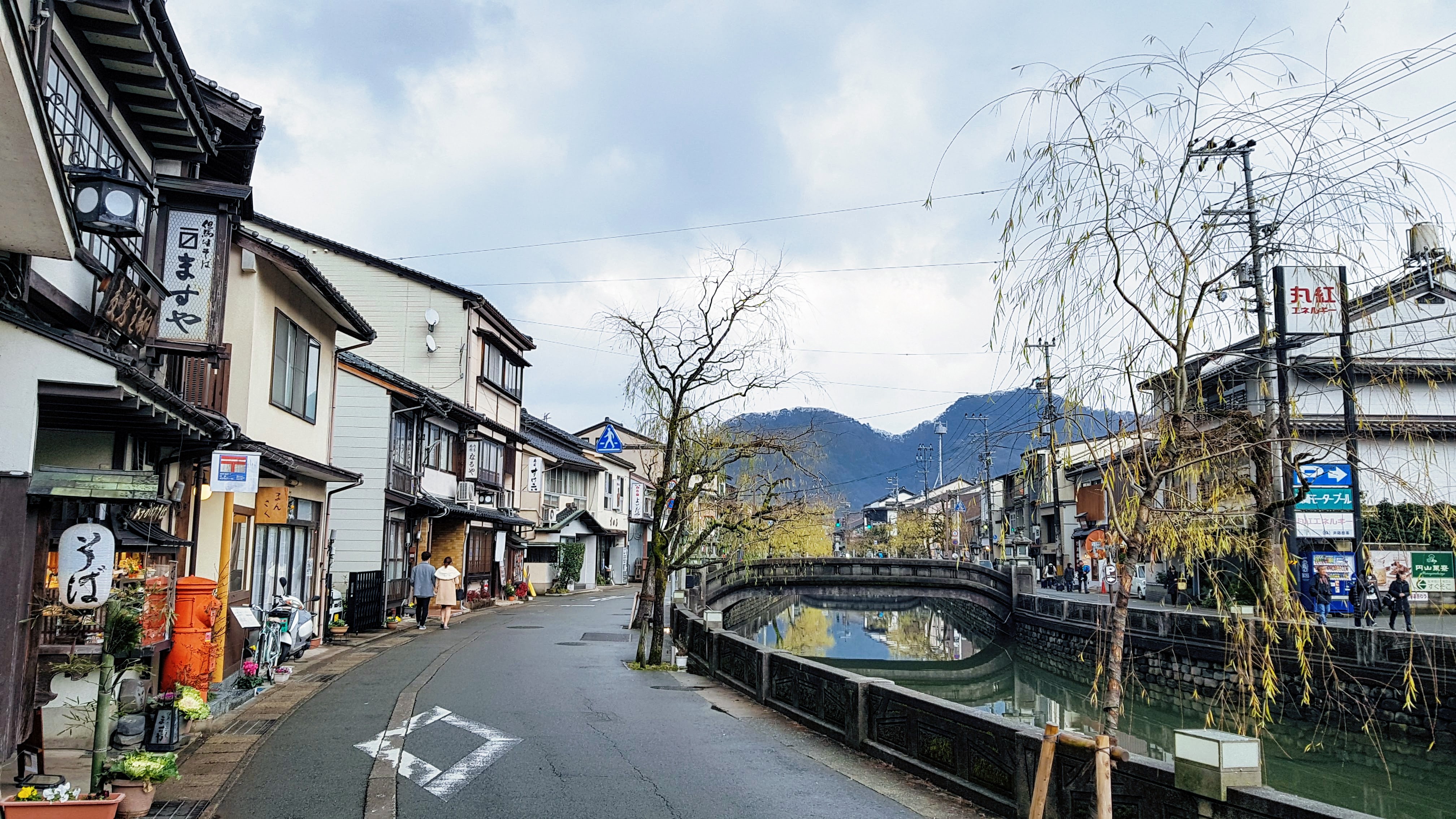

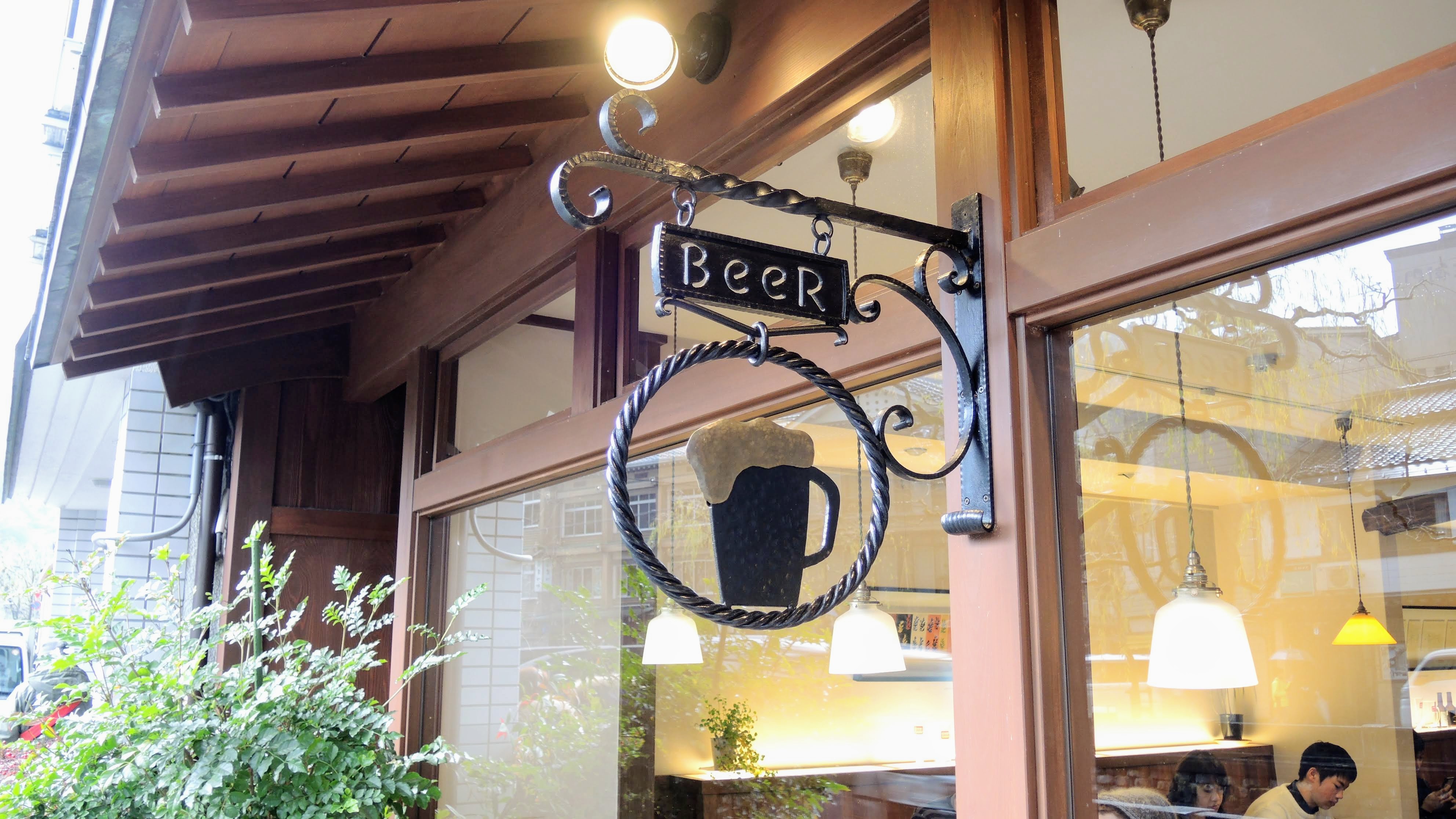
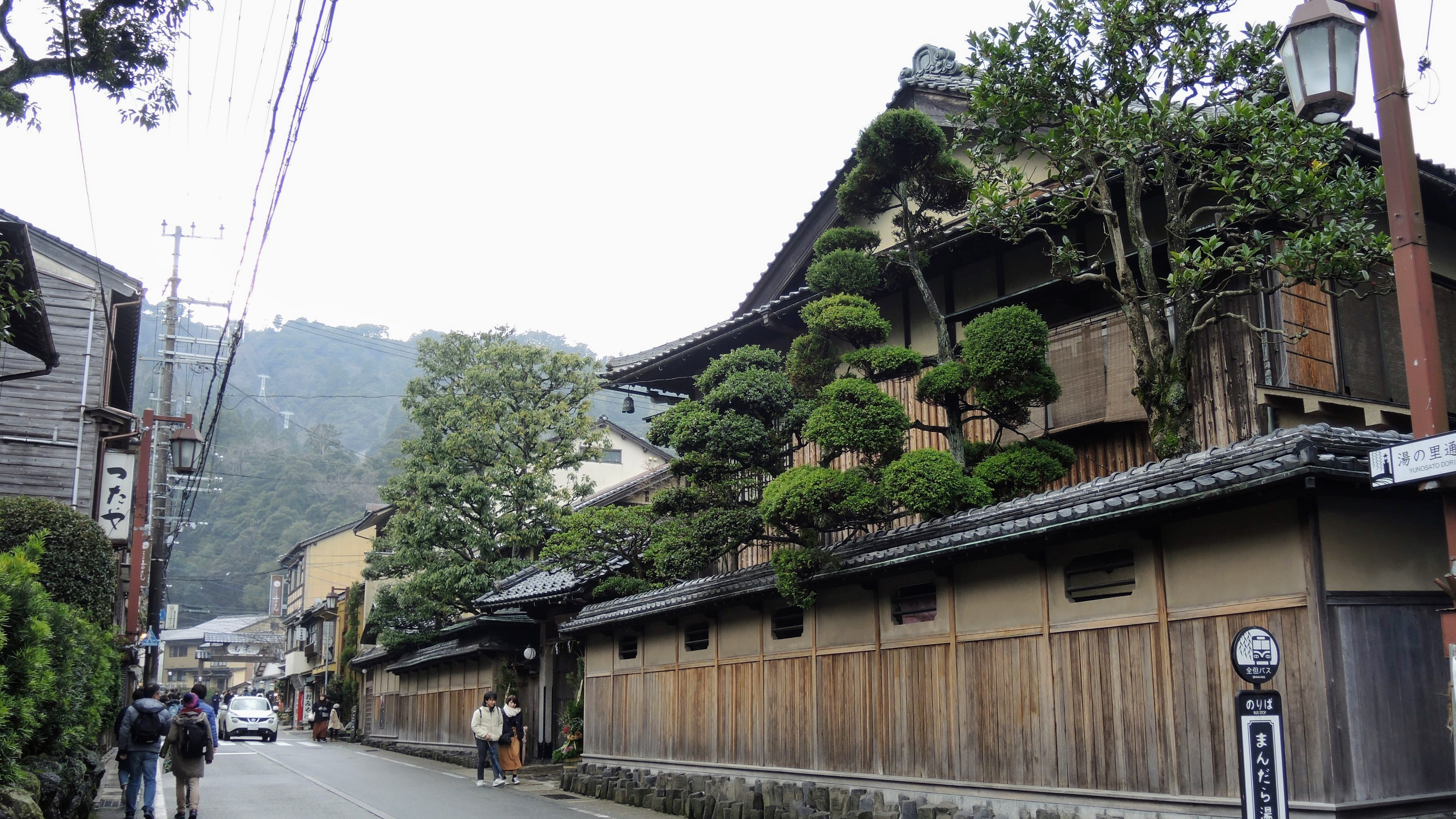
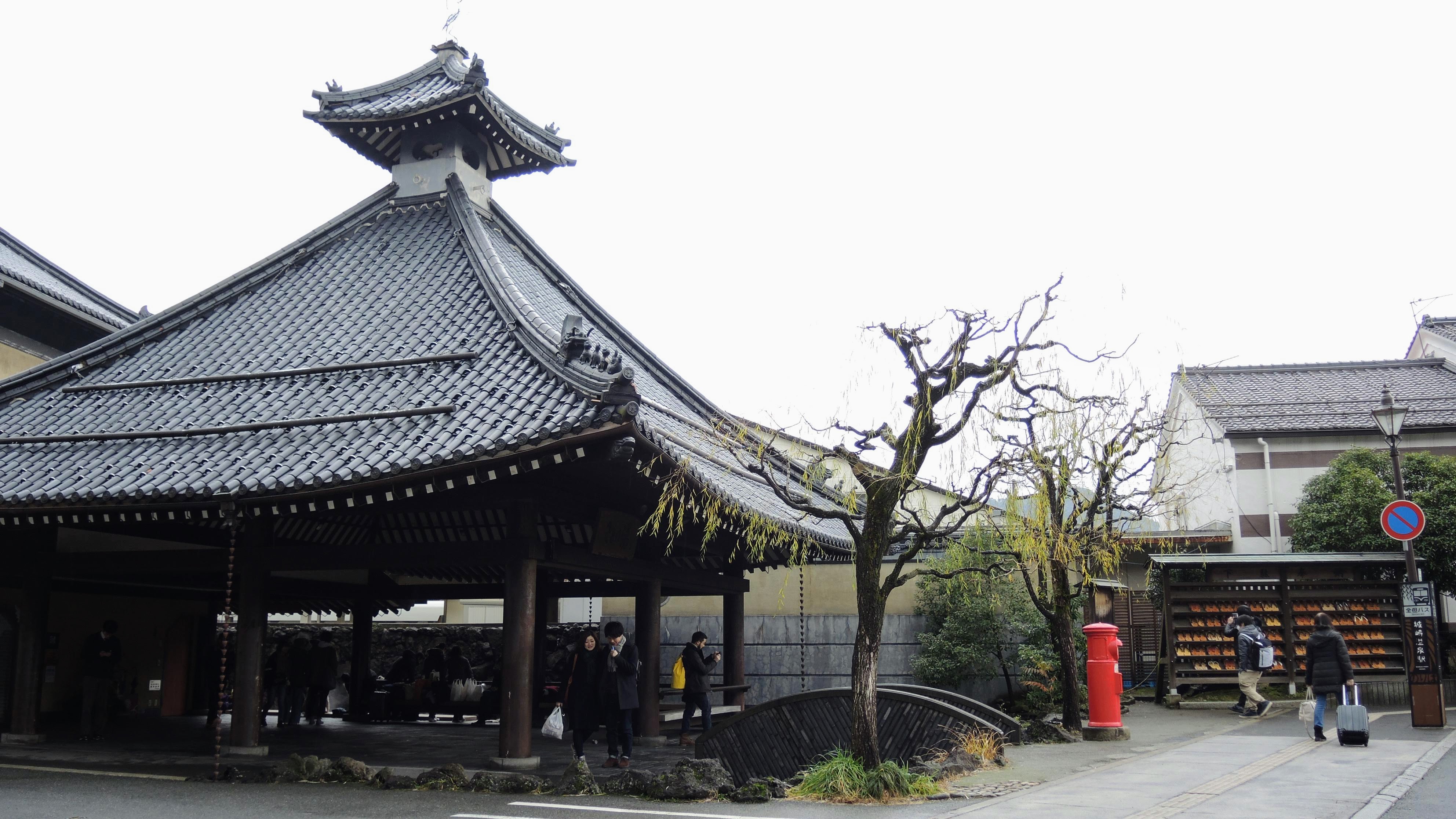
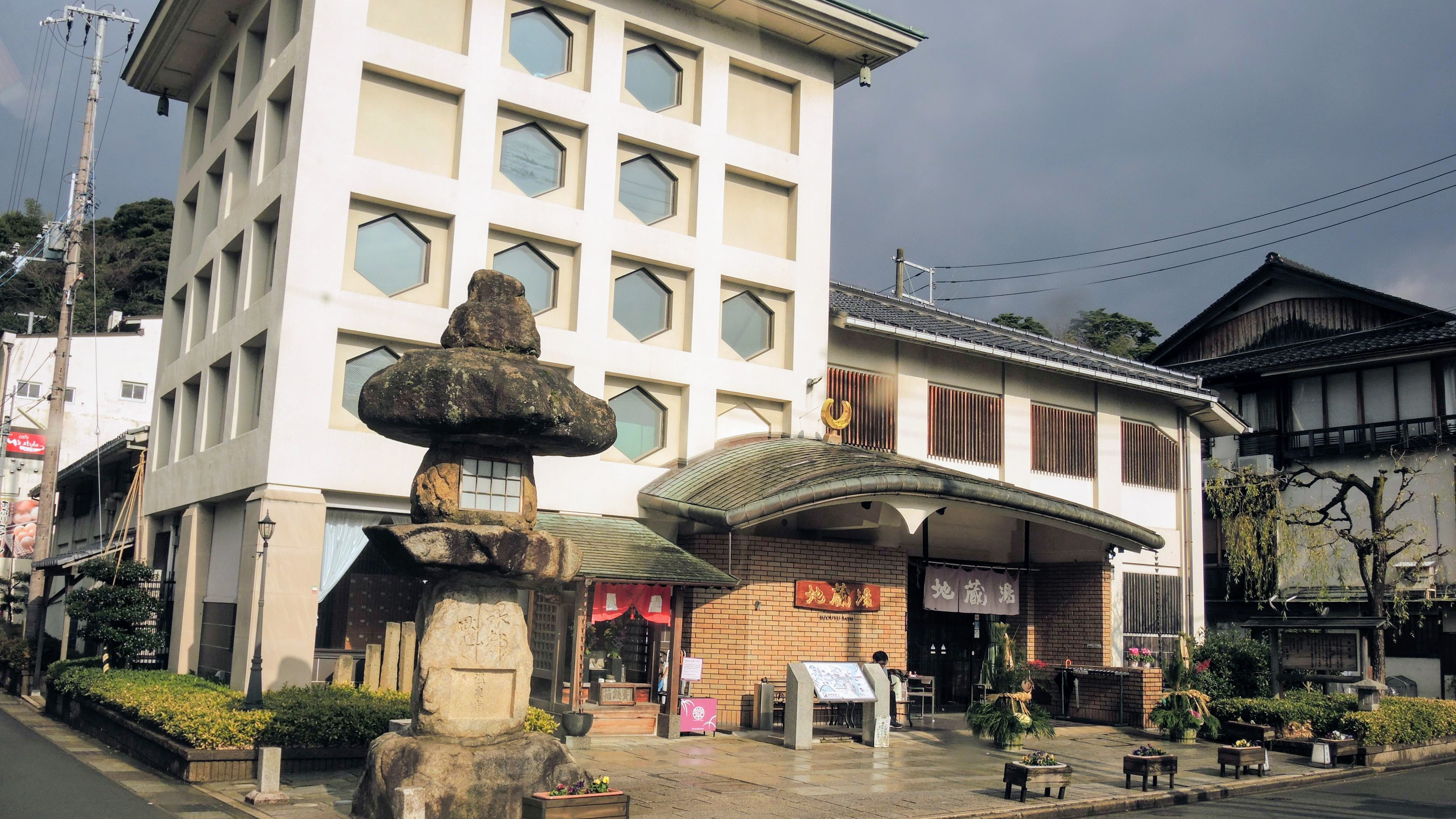
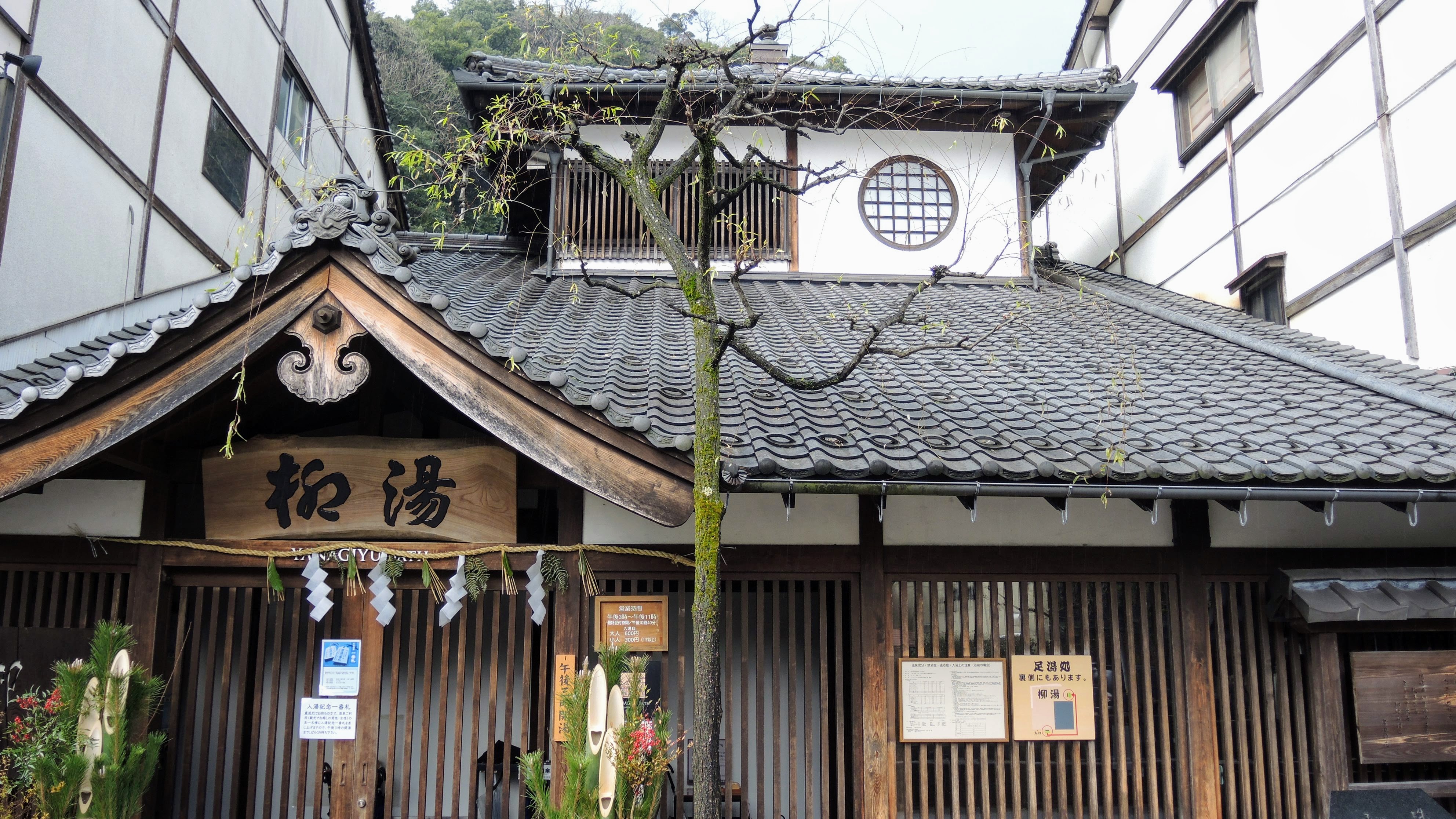
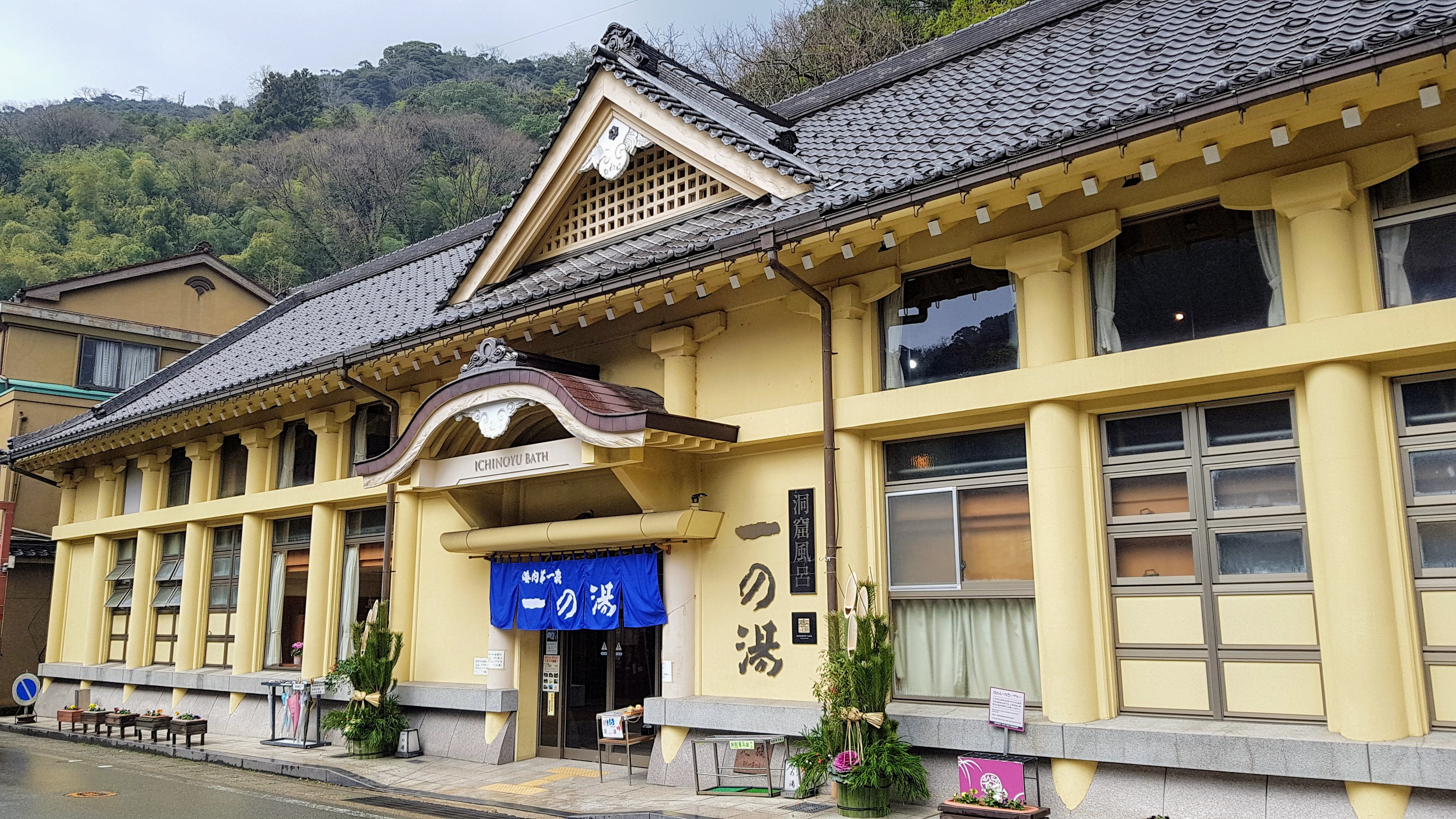
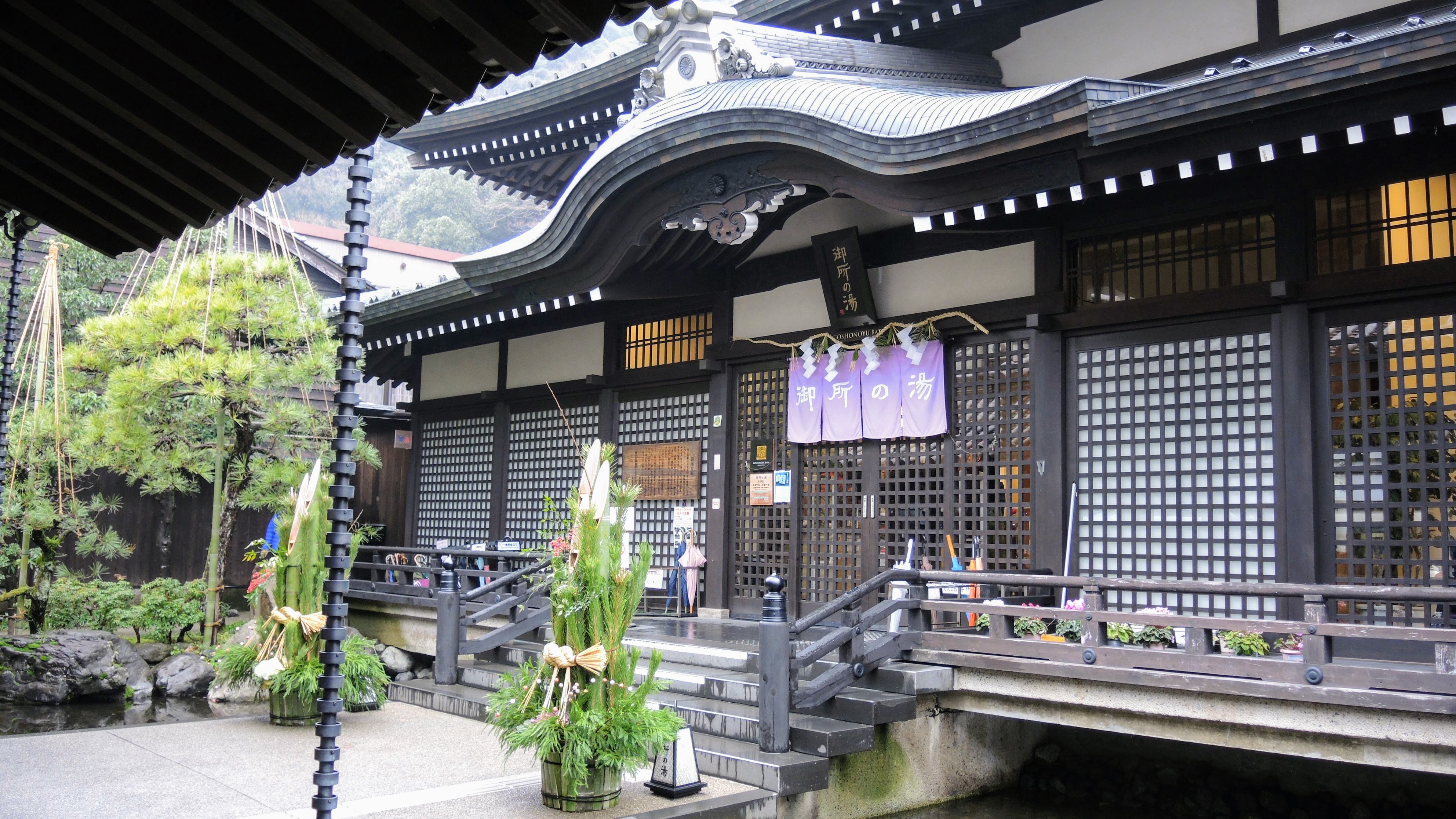
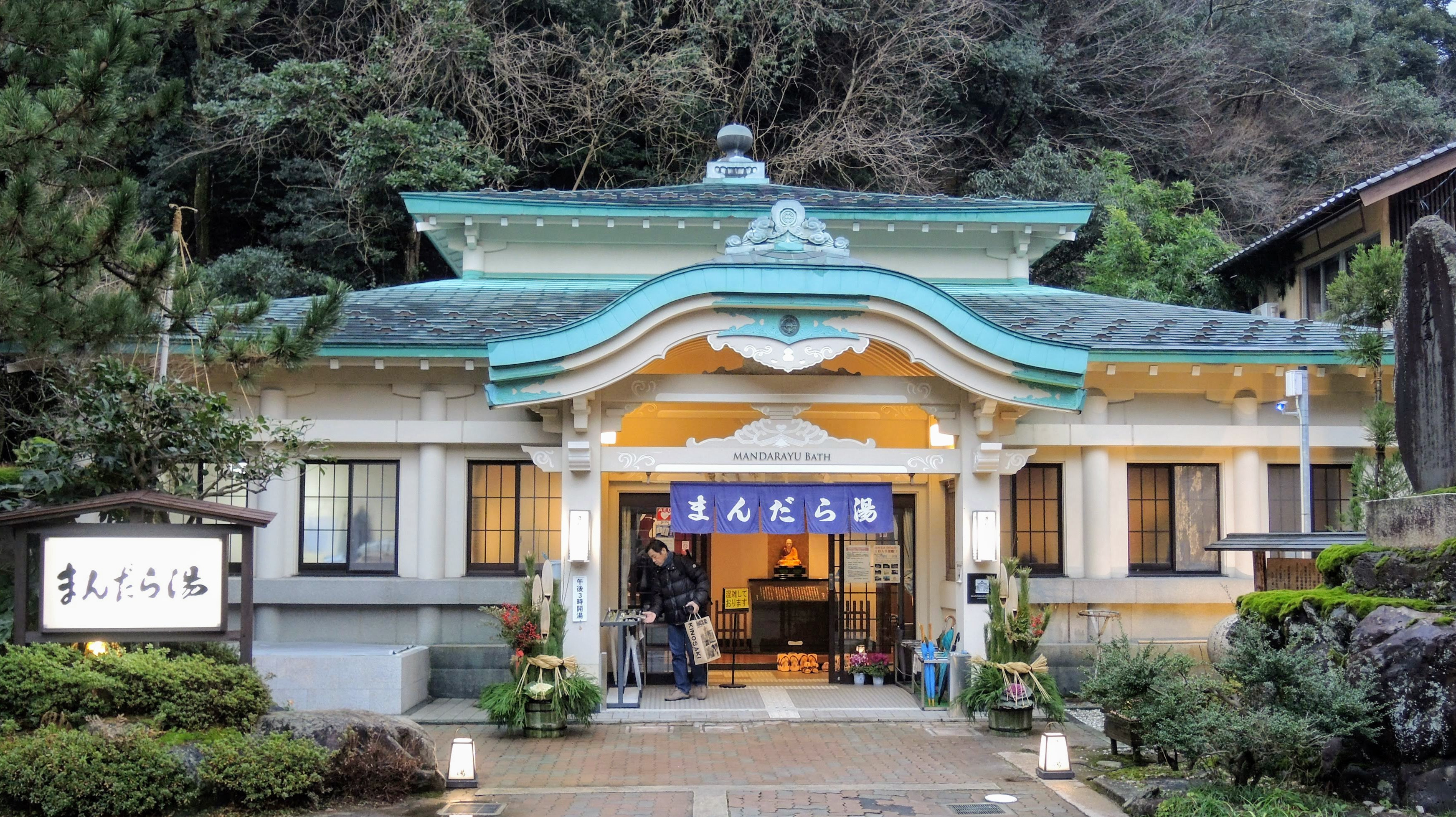
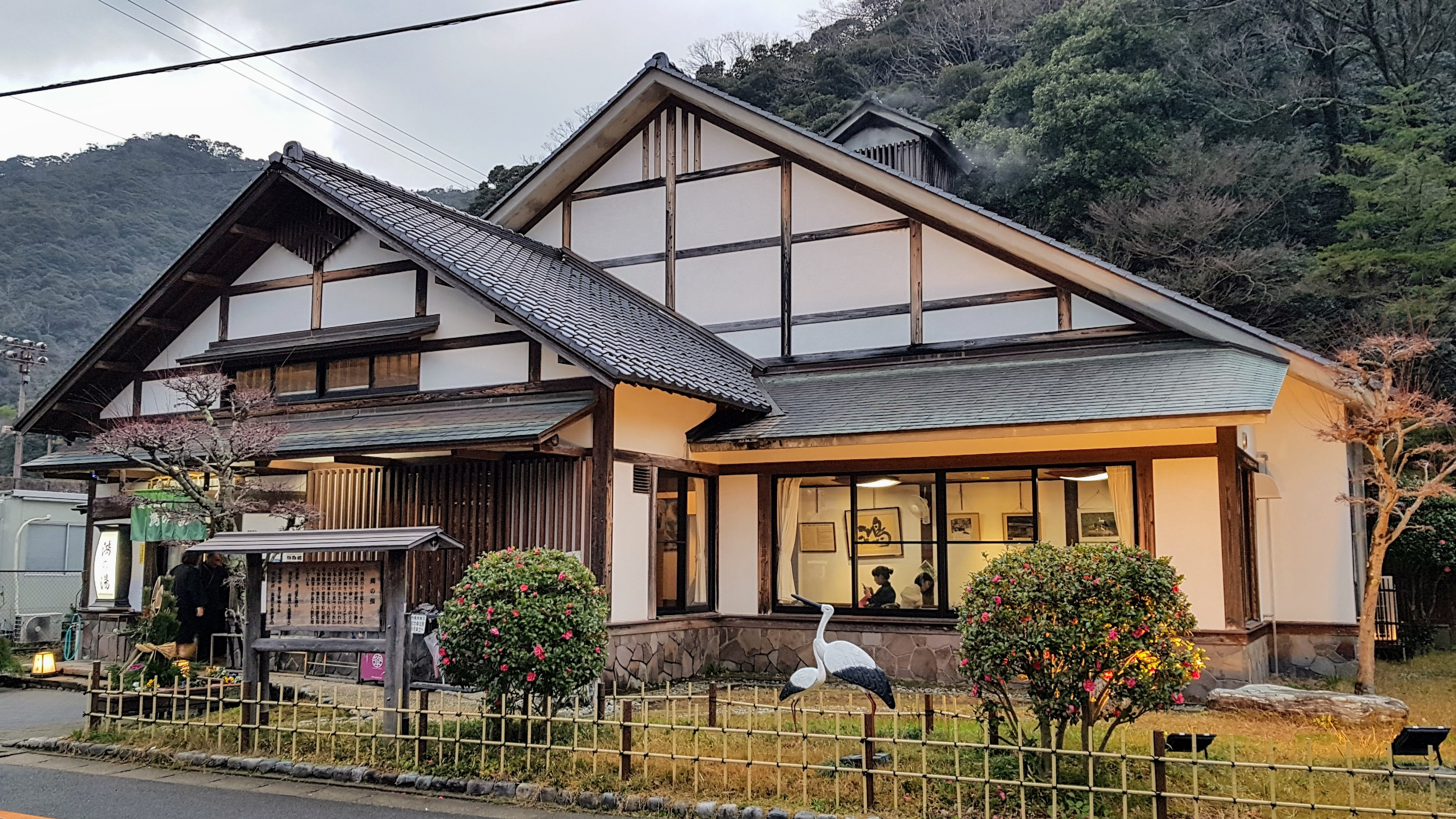
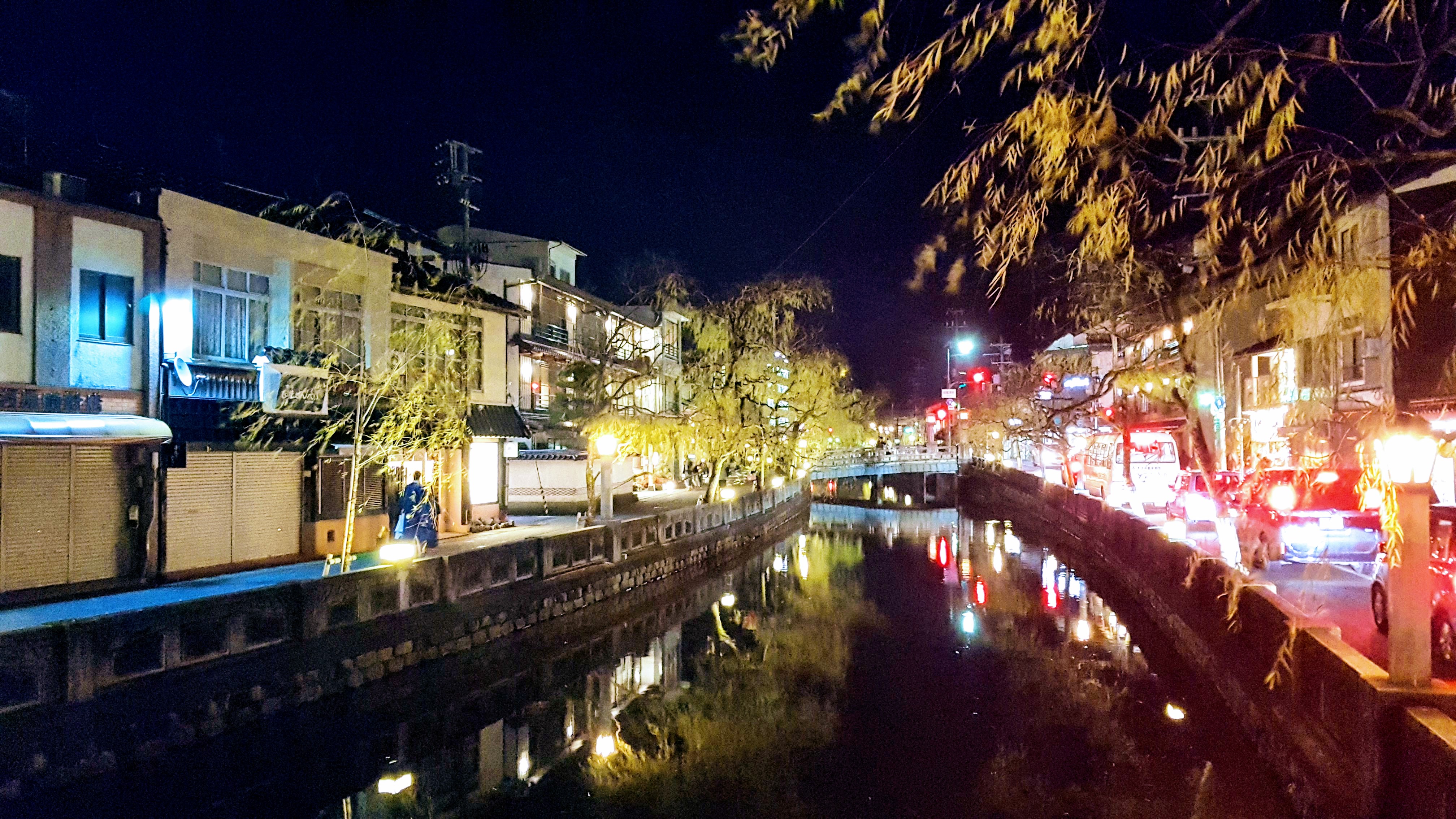
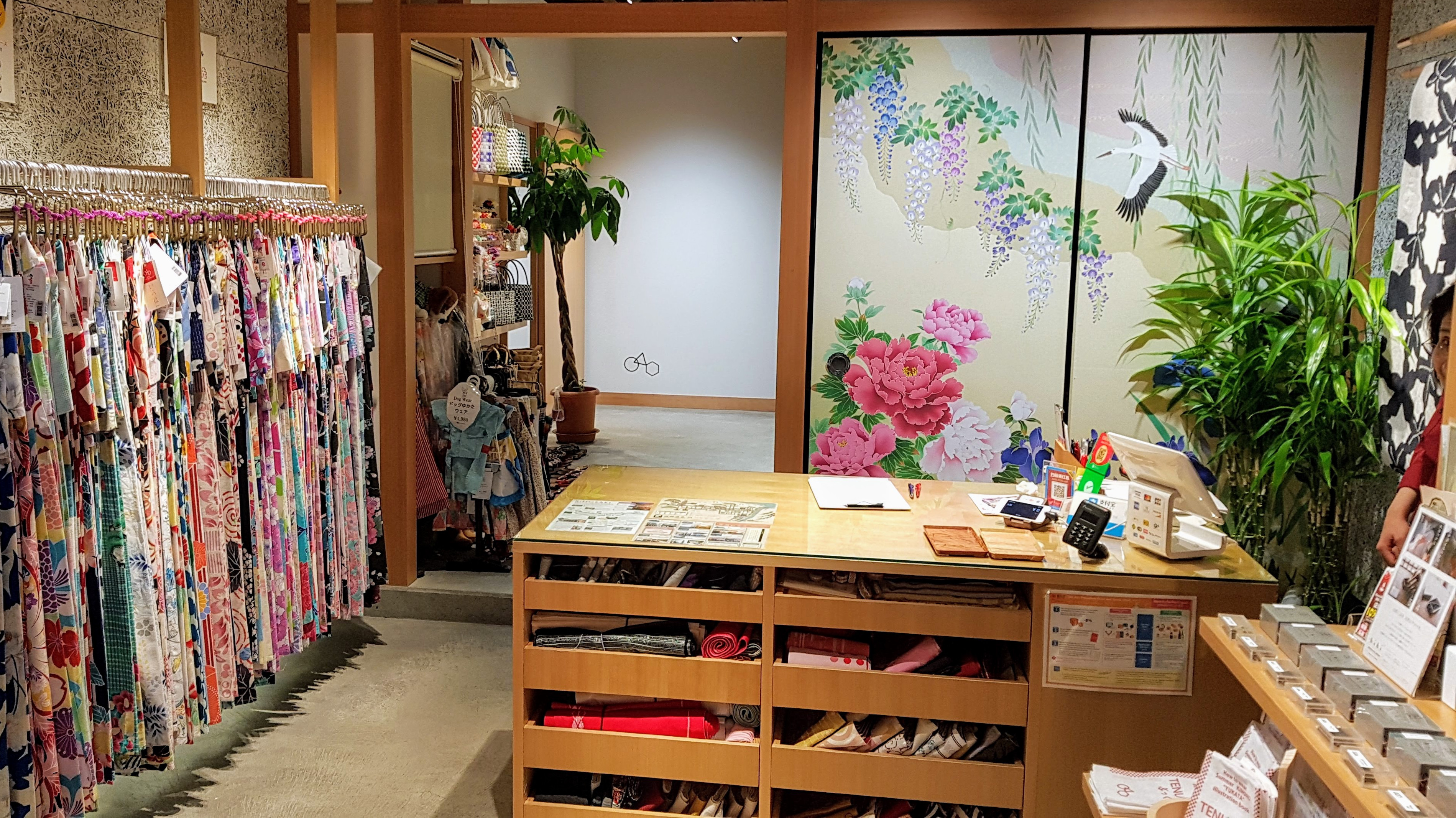
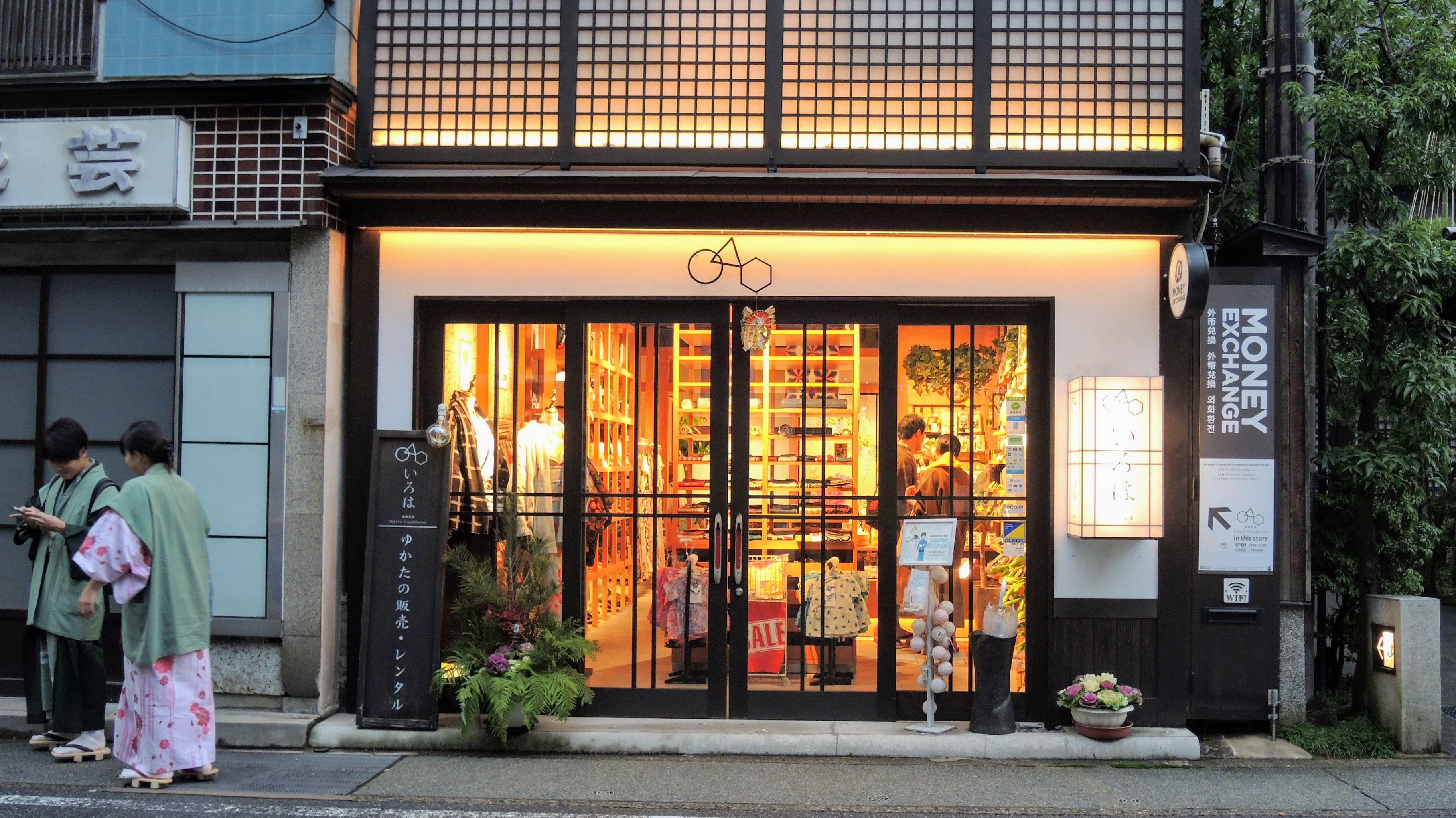

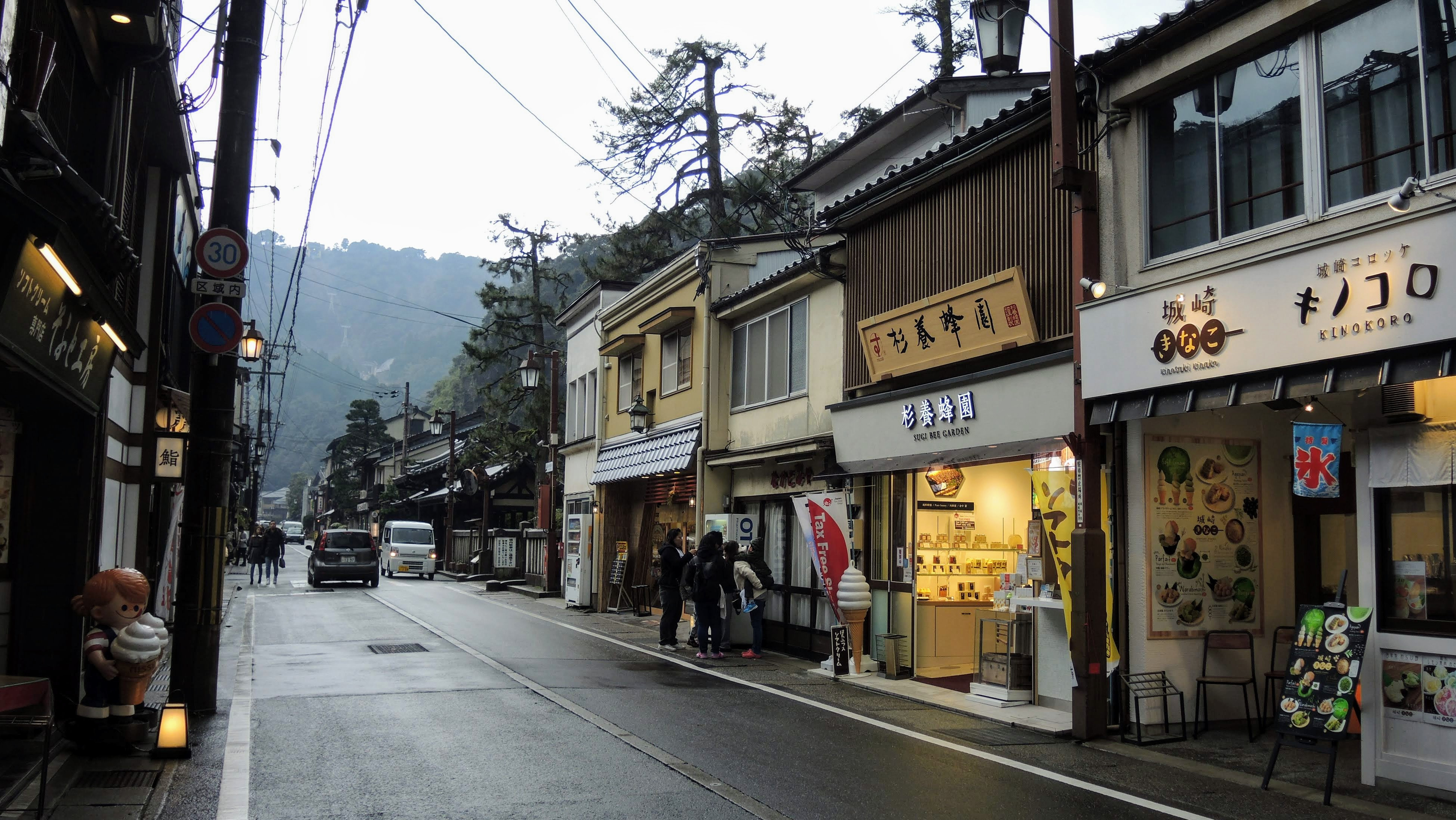
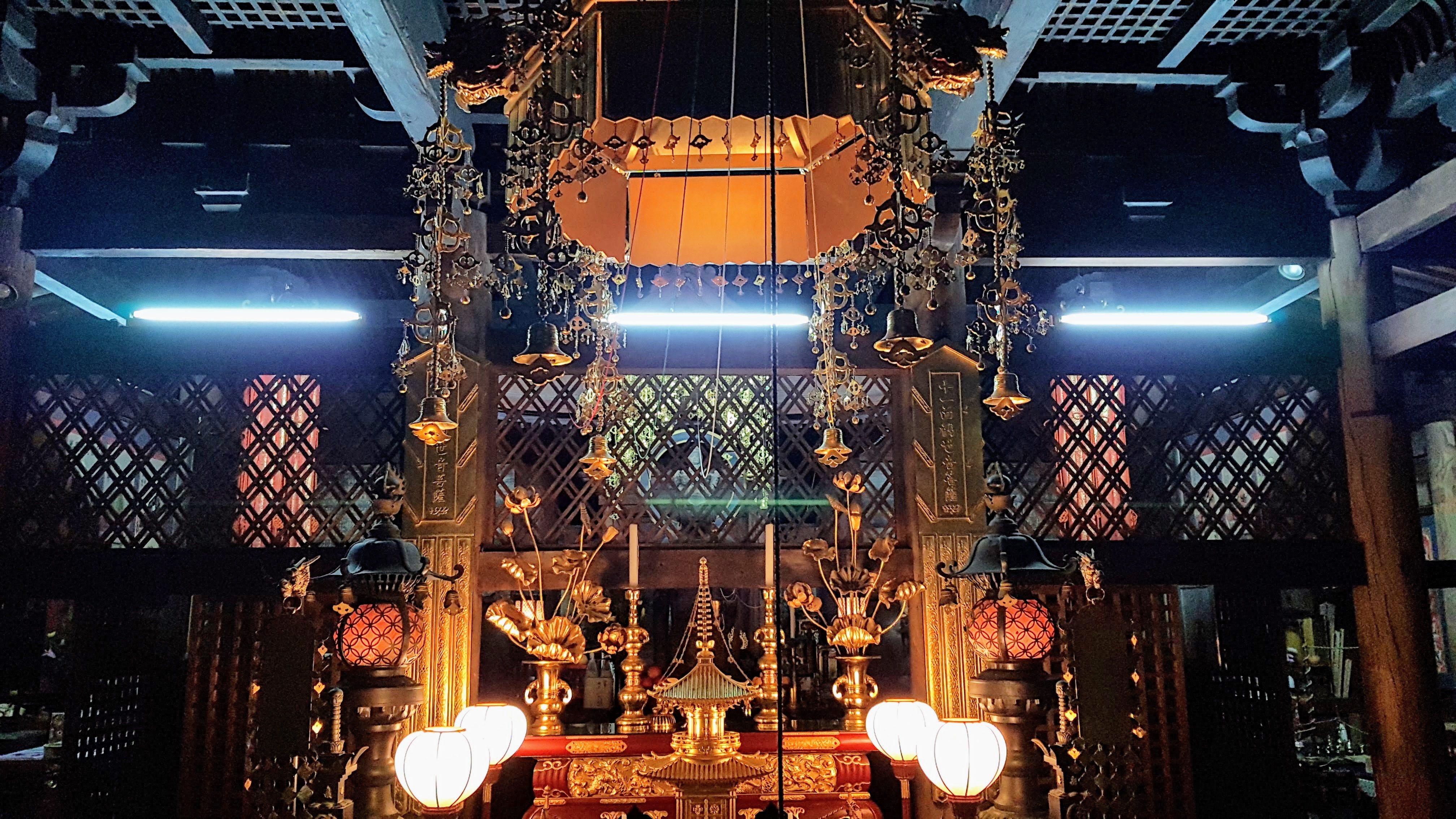
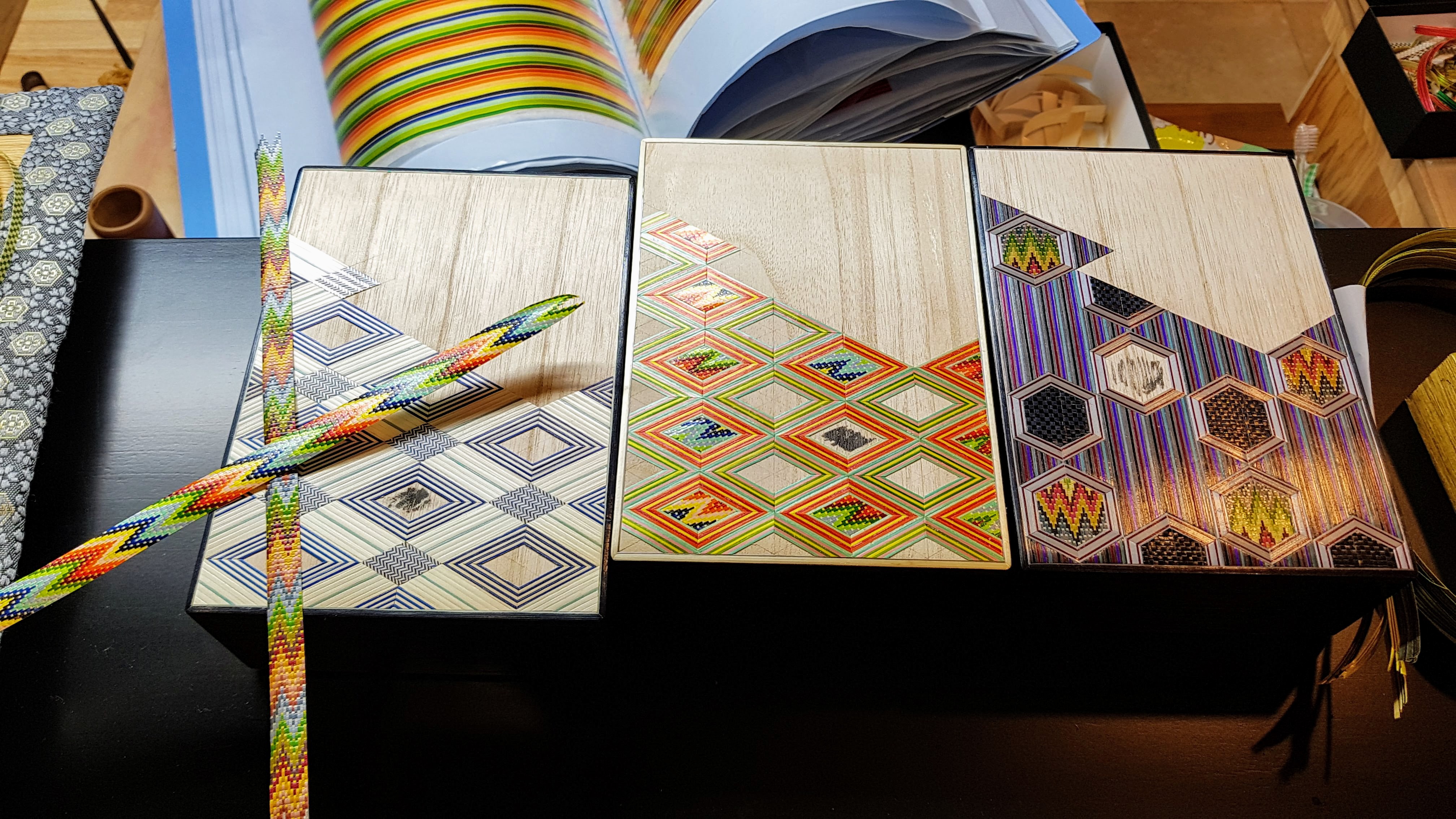
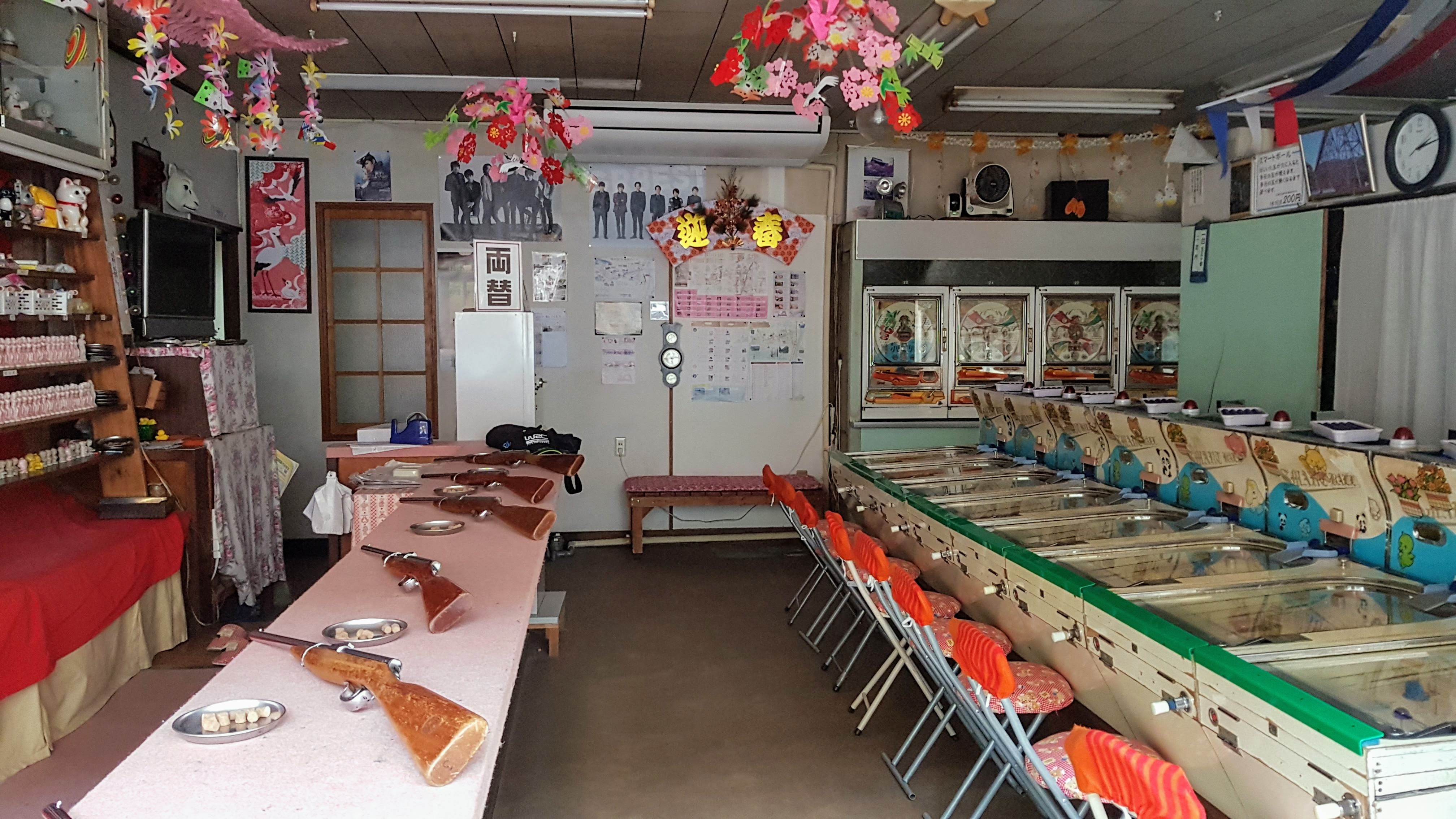
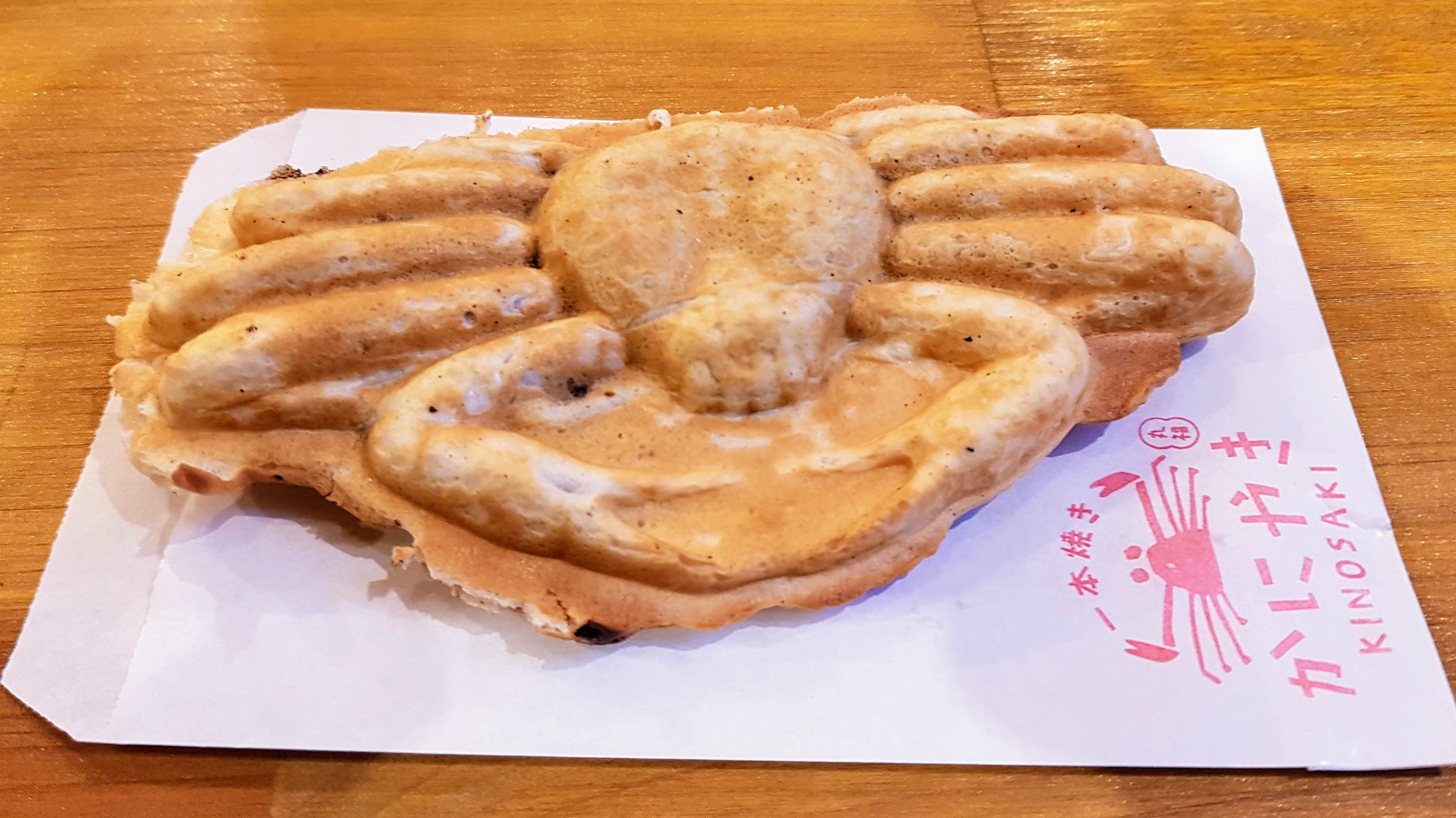
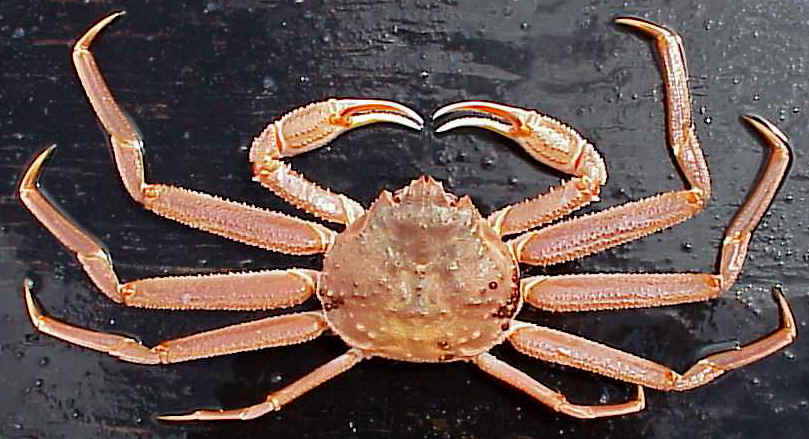
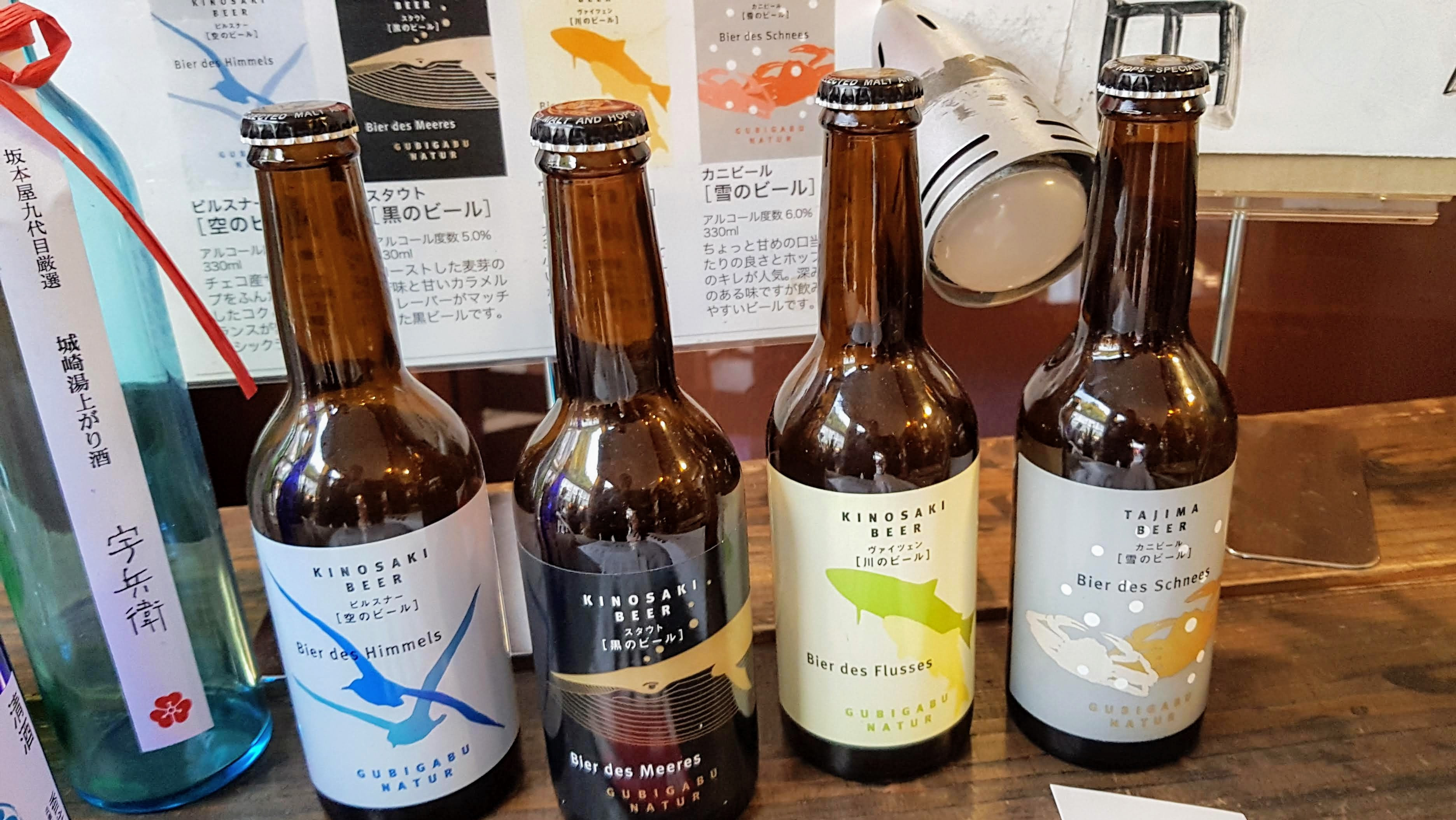
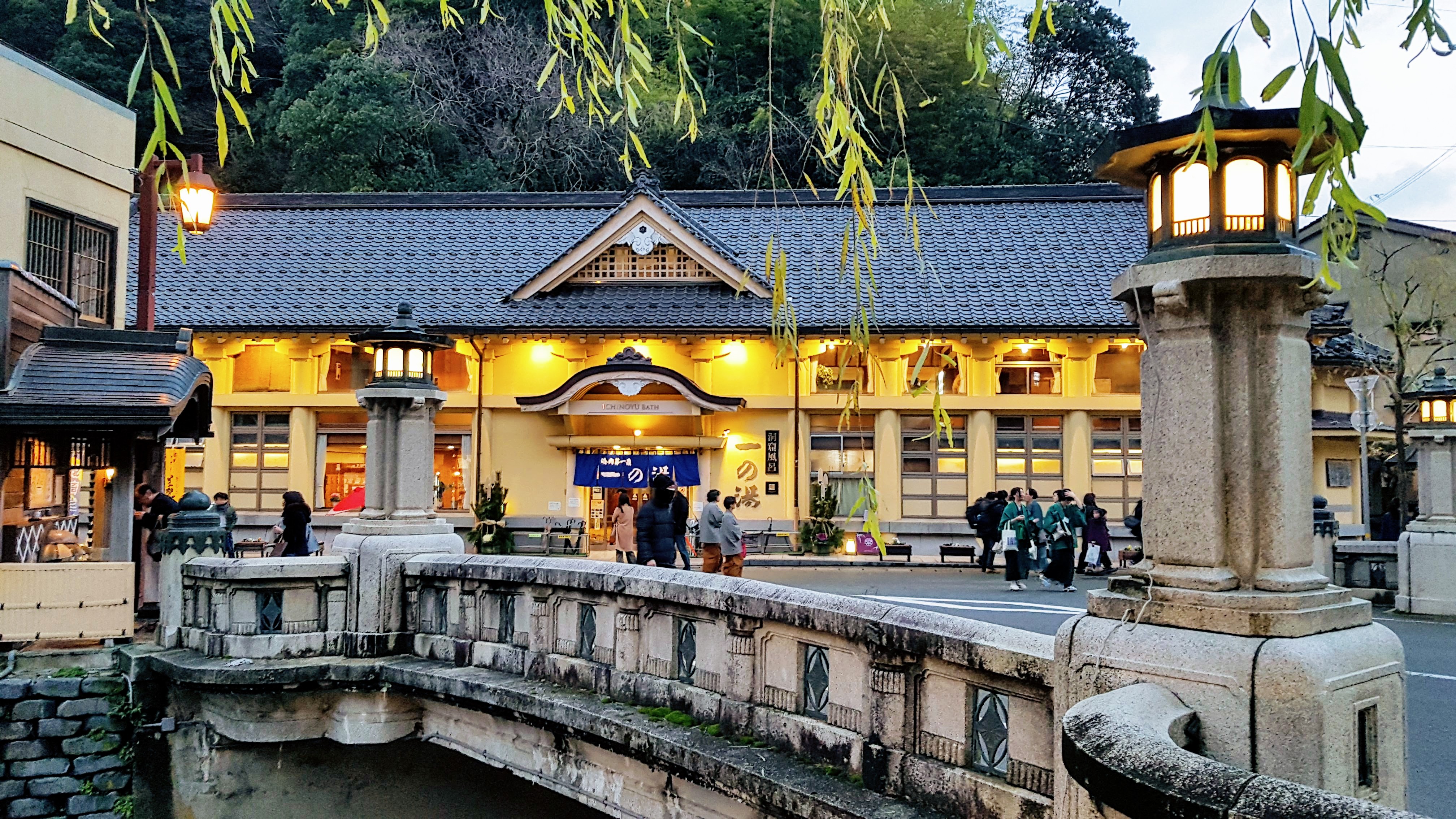
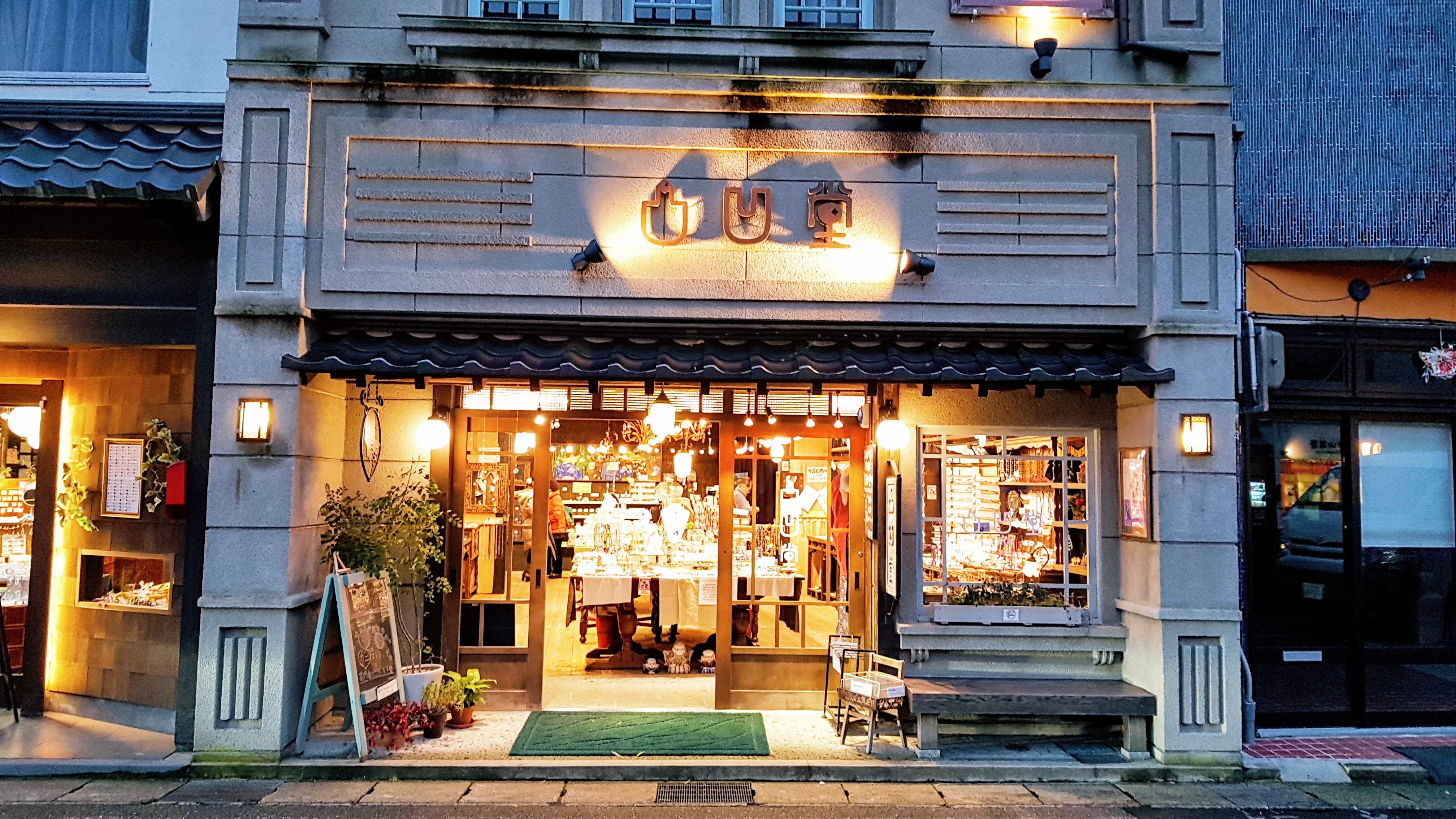
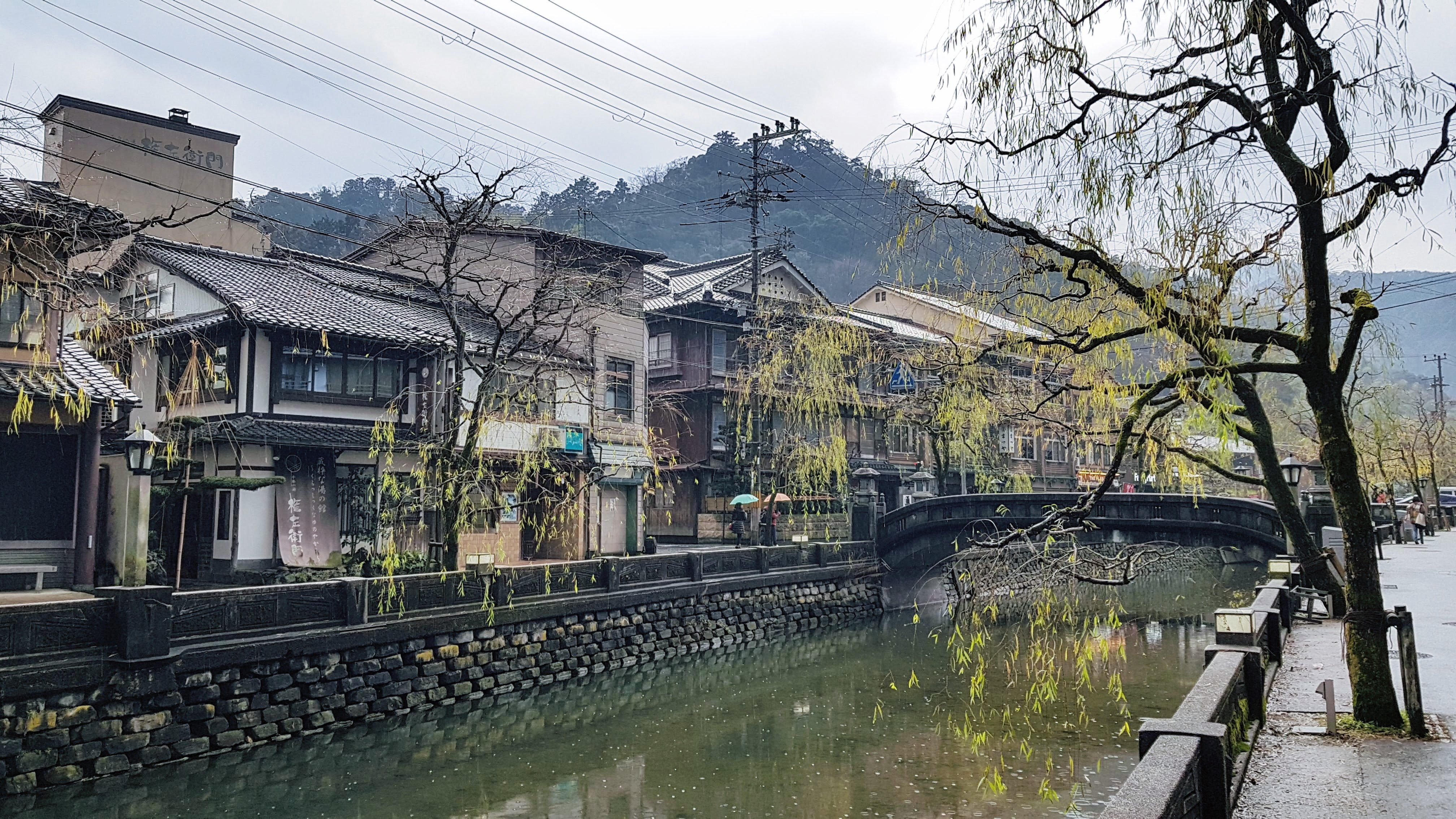
Kinosaki is a fabulous place! I stayed at Moriyuza for one night November 22, 2019 and wished I would have stayed at least 2 nights to fully enjoy all the different onsens in town.
I agree Matt!
I’ve stayed overnight a couple of times but both were just the one night and I still couldn’t leisurely fit in all I wanted to do and see on 2 days.
2 nights would be ideal I think.
Did you go up the mountain? Great views over Kinosaki and the sea from the top of it.